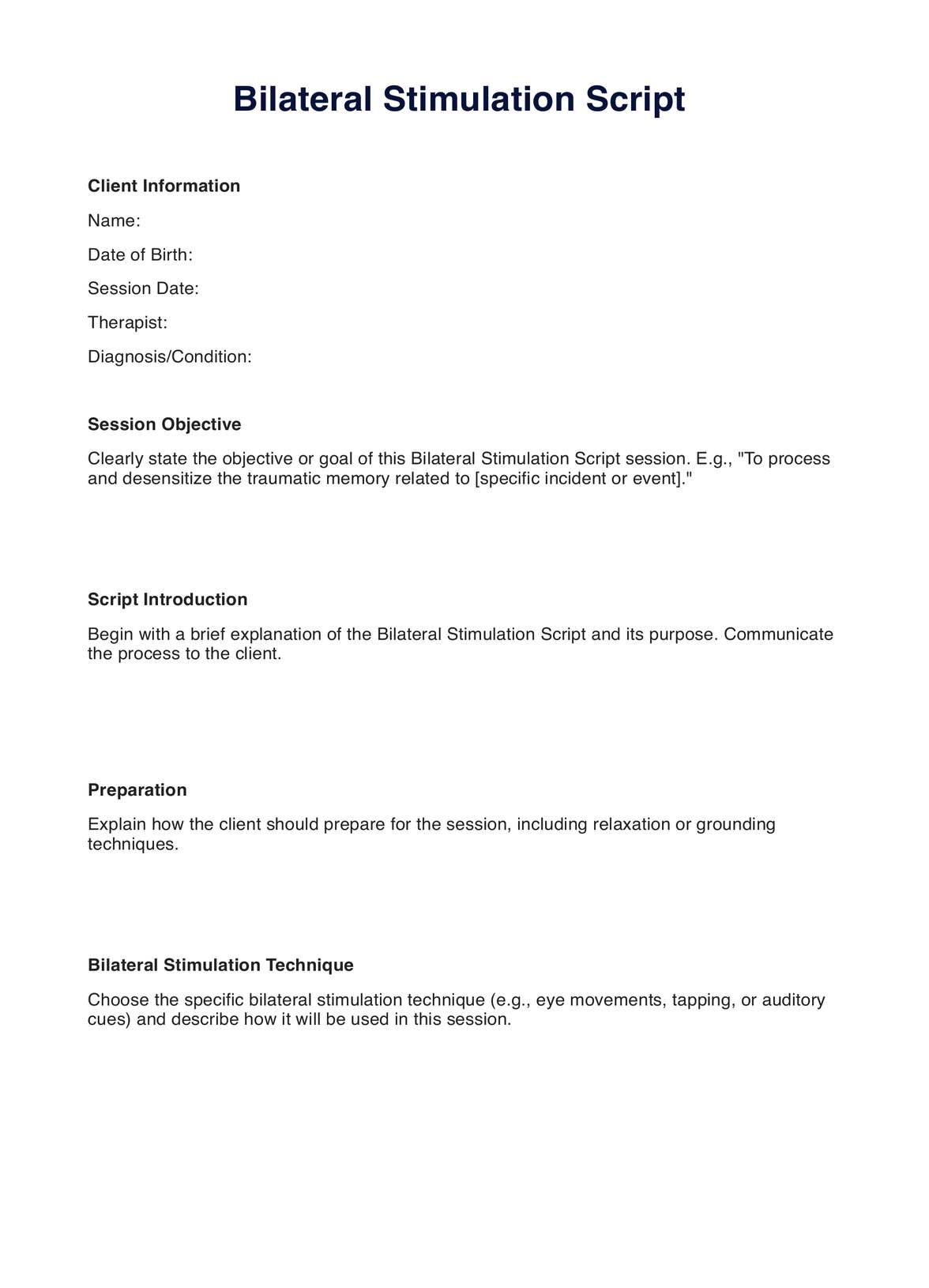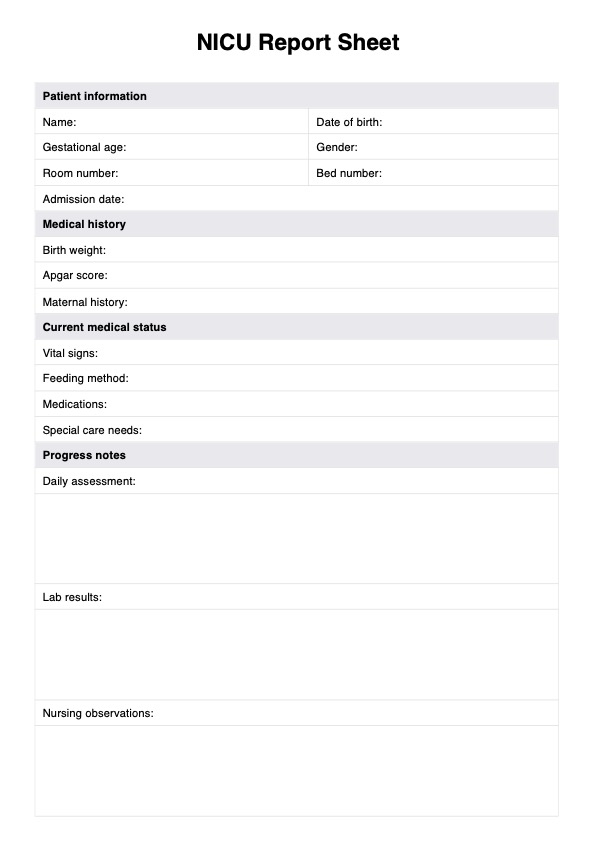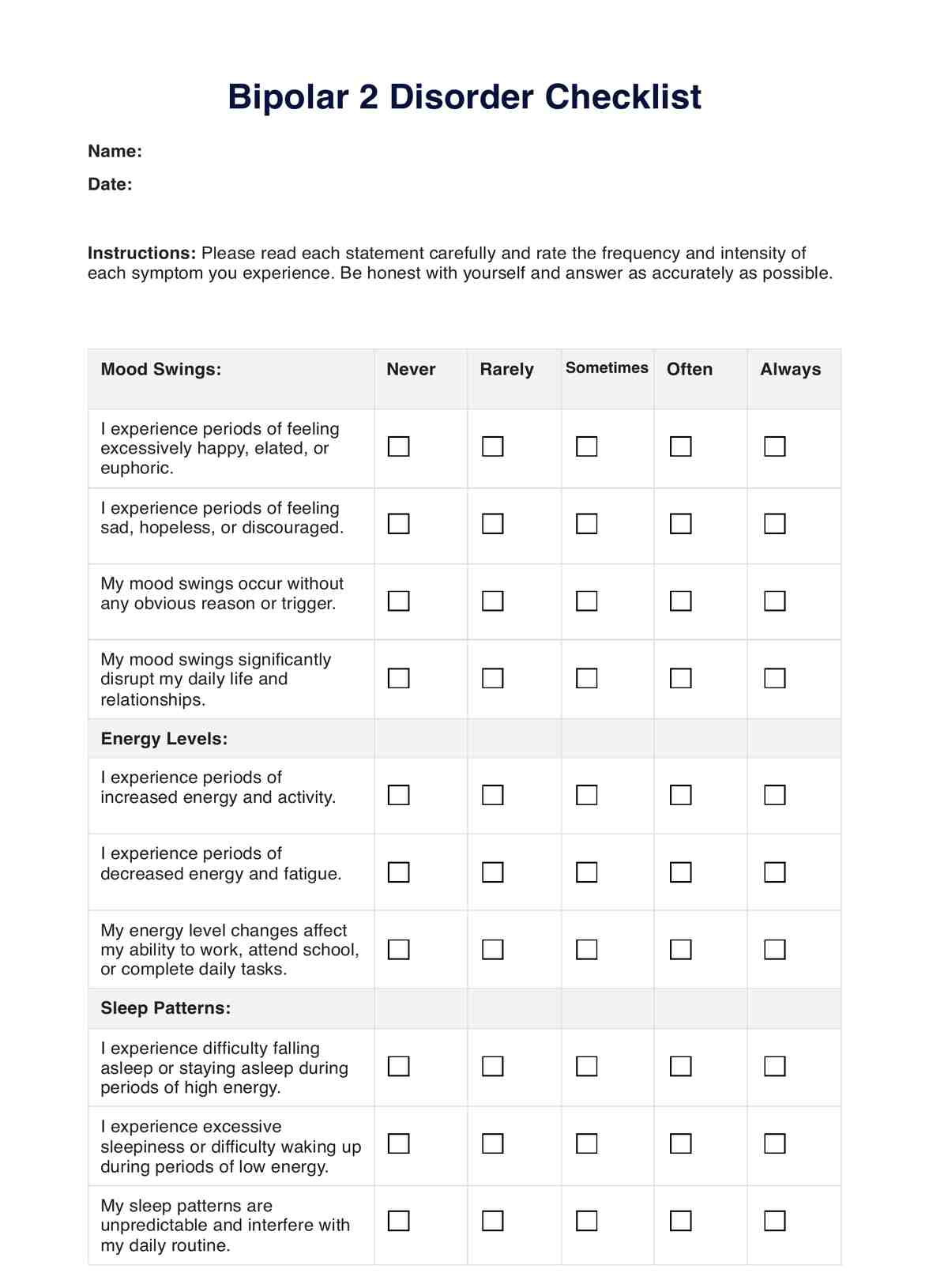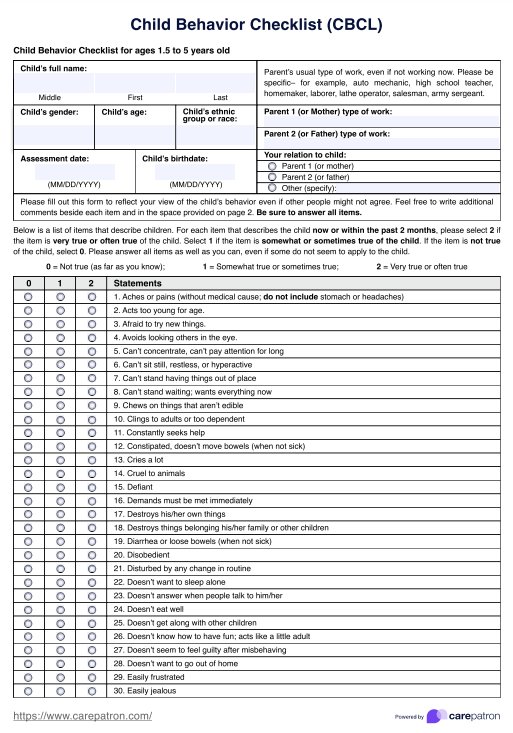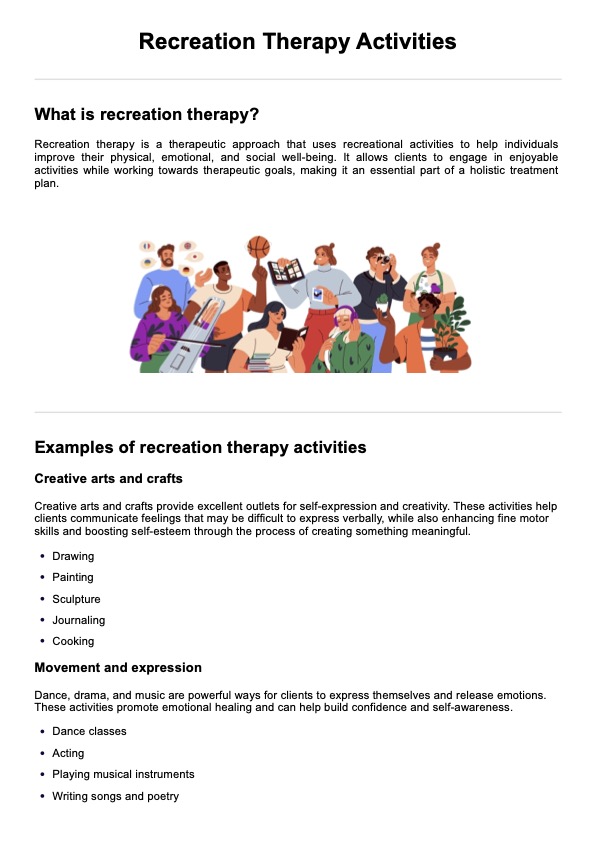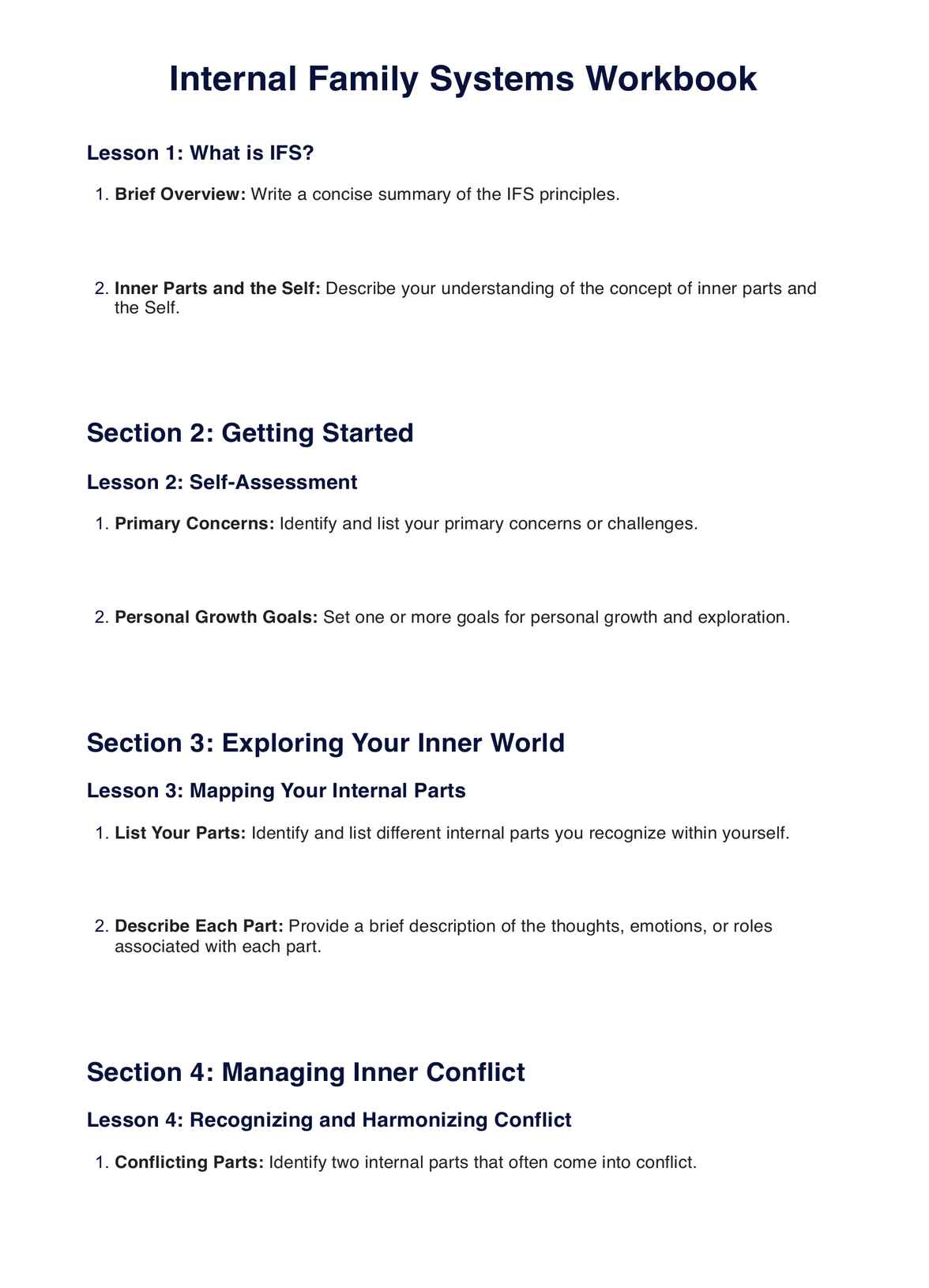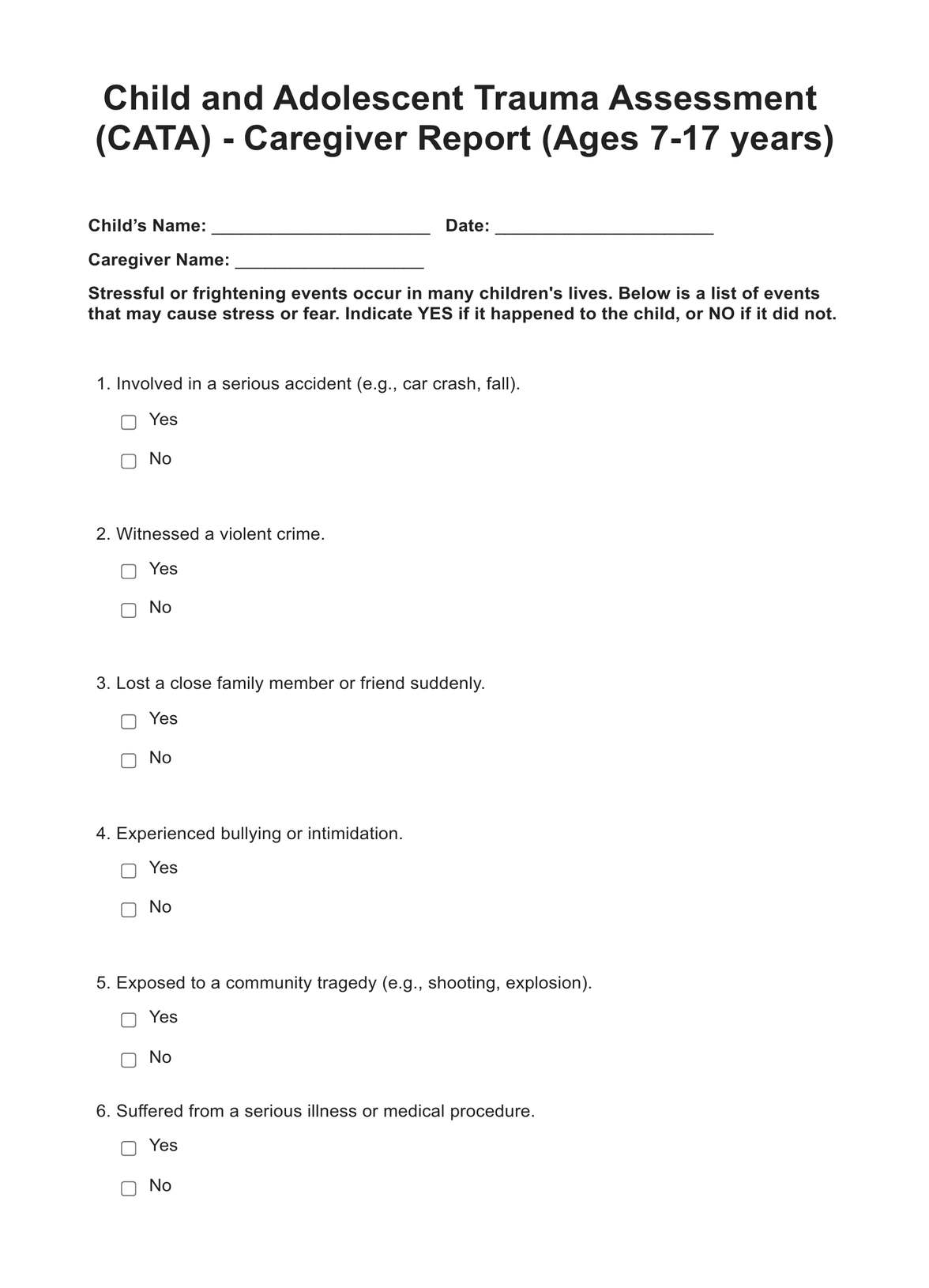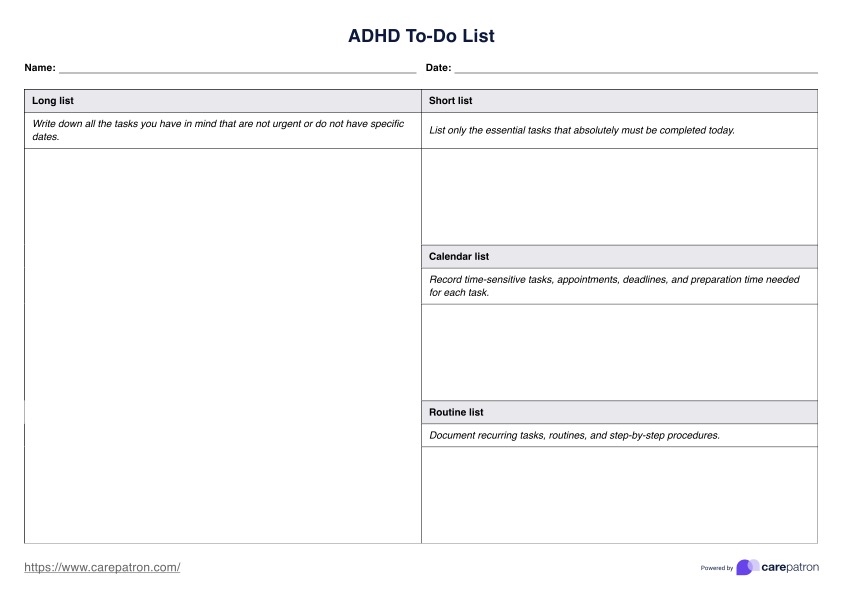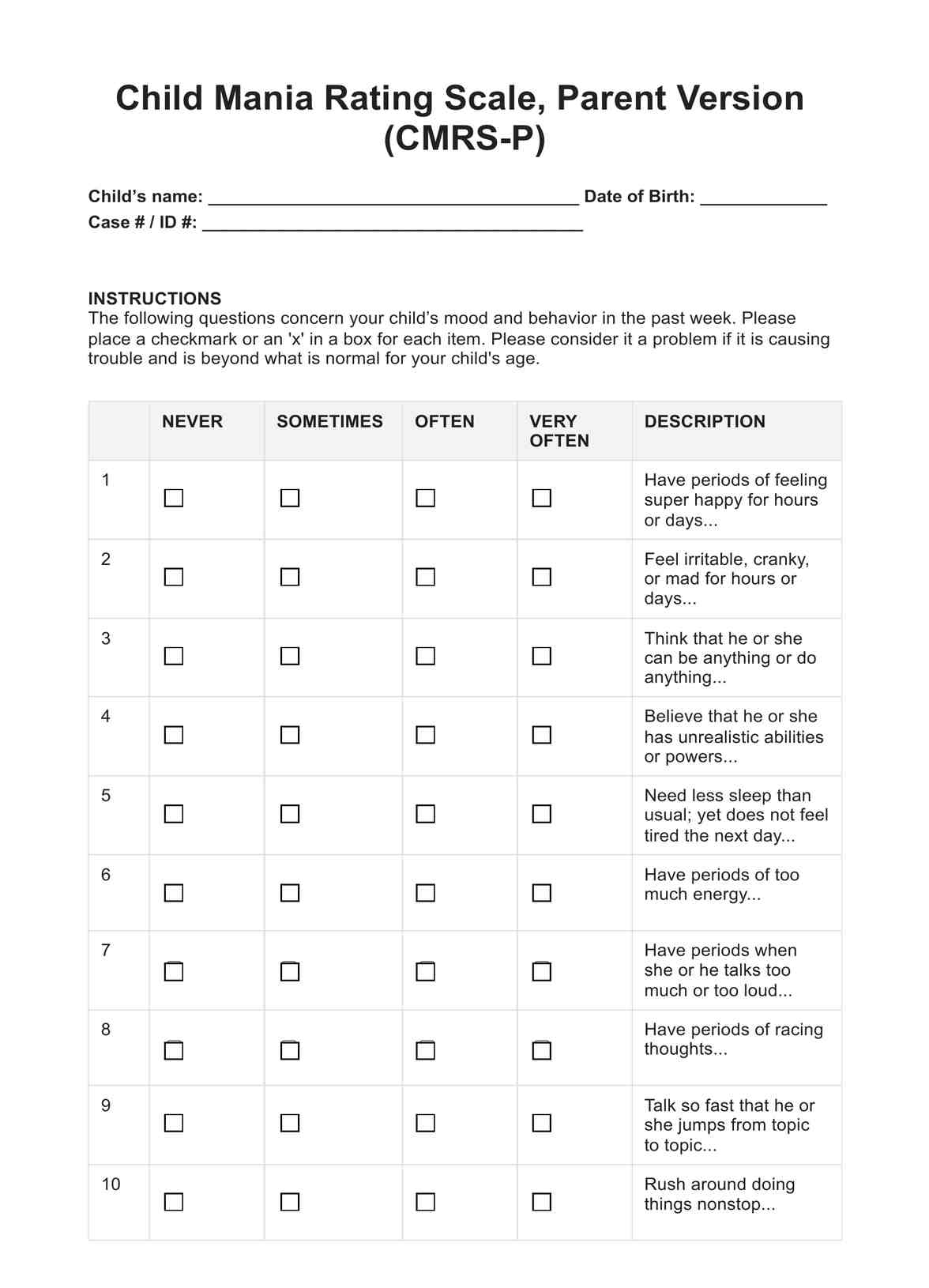DSM 5 Autism Criteria Checklist
Click on our short guide on the DSM-5 Autism Checklist to learn more about the diagnostic criteria, applicable ICD-10 codes, and additional autism resources.


DSM 5 Checklist for Autism
DSM-5, or the Diagnostic and Statistical Manual of Mental Disorders, 5th edition, are guidelines by the American Psychiatric Association. The DSM-5 checklist for Autism, in particular, is one of the guidelines specialists such as neurodevelopmental/developmental-behavioral pediatricians, child neurologists, and geneticists use to help identify if the patient has traits/behavior/etc. of autism disorder or, generally, an autism spectrum disorder.
In the checklist, a practitioner can expect to find criteria meant to help diagnose and differentiate autism spectrum disorders from other conditions or diagnoses.
DSM 5 Autism Criteria Checklist Template
DSM 5 Autism Criteria Checklist Example
Clinical Information and Criteria
Clinical Information
- Autism, also known as Autism spectrum disorder (ASD), is a group of neurodevelopmental conditions.
- People diagnosed with ASD may be experiencing problems with interaction/social communication and have repetitive/restricted interests/behaviors.
- Symptoms of ASD, which generally appear before one turns 5, are communication issues, having restricted/repetitive patterns of behavior/activities, stimming, and others such as seizes, elated skills, unusual emotional reactions/eating habits/sleep patterns, and hyperactive/impulsive behaviors.
- The exact cause of ASD is still unknown. However, people who are at risk of being born with ASD are those who have a family history of autism, have genetic mutations/disorders, have low birth weight, are exposed to toxins/heavy metals/viral infections/certain medications, and are born to older parents.
- To diagnose ASD, a practitioner will have the patient undergo screenings, genetic tests, evaluations, and tests.
DSM-5 Autism Criteria
- The Autism DSM-5 criteria is one of the many tools specialists can use to diagnose ASD.
- In this guideline, the more specific ASD subtypes or specifiers are recognized. These are: with/without accompanying intellectual impairment; with/without accompanying language impairment; associated with a known medical or genetic condition or environmental factor; associated with another neurodevelopmental, mental, or behavioral disorder; and with catatonia.
- Compared to DSM-IV, the version before the DSM-5, patients can be diagnosed with autistic disorder, Asperger’s syndrome, and pervasive developmental disorder not otherwise specified. Those who are diagnosed with the aforementioned can still be given the diagnosis of autism spectrum disorder.
- The guideline contains a list of autism behaviors and traits.
- To be diagnosed with autism using the DSM-5, a patient must meet all three (3) subcategories under Criteria A, at least two (2) subcategories under Criteria B, and all Criteria C to E.
What ICD Codes do you use for Autism?
Here’s a list of the ICD-10 codes you can use to bill and code for autism and other disorders that fall within the autism spectrum:
- F84.0: Autistic disorder
- F84.5: Asperger’s syndrome
- F84.8: Other pervasive developmental disorders
- F84.9: Pervasive developmental disorder, unspecified
What resources can you use for patients diagnosed with Autism?
Carepatron offers many resources for patients exhibiting traits or behavior of autism or condition within the autistic spectrum. If your patient is diagnosed with any of these conditions, you will find these autism resources helpful:
Autism Spectrum Screening Questionnaire (ASSQ) Guide
- A practitioner can use this resource to screen for detecting ASD traits.
- The template provided in the guide above comes with a checklist with symptoms of Autism Spectrum Disorder.
Autism Worksheets
- A practitioner can use this resource to support patients with ASD in their learning and development.
- The template provided in the guide above includes exercises to improve a patient with ASD’s communication skills, social skills, sensory processing, executive functioning, and emotion regulation.
Modified Checklist for Autism in Toddlers (M-CHAT)
- A practitioner can use this resource to assess if one’s child, whose sixteen to 30 months of age, has signs of ASD.
- The template provided in the guide above includes a list of Yes or No questions related to a toddler’s behavior and development.
Autism Spectrum Disorder Treatment Plans
- A practitioner can use this resource when developing treatment goals and a treatment plan for their patient diagnosed with ASD.
- Aside from having sections for treatment goals and plans, the template above also has sections where a practitioner can write down the specific autism spectrum disorder diagnosis and monitor the patient's progress.
Autism Spectrum Test
- A practitioner can use this resource when they need a guide for the best tools and strategies to assess ASD in patients.
- The template provided in the guide above includes instructions on gathering history/background information, what to observe, which assessments to use, how to score and then interpret, and finally, what steps to take after a diagnosis.
.png)
Commonly asked questions
Yes, it is. According to the American Psychiatric Association, compared to the DSM-IV, DSM-5 is more accurate and useful medically and scientifically to practitioners in diagnosing autism spectrum disorders.
You can diagnose autism by utilizing the DSM-5 Autism Checklist in addition to screenings, tests, and evaluations.
No, it cannot since it’s a condition one has to be born with. Furthermore, children diagnosed around five or older are most likely born with the condition, but their traits are only recognized later.


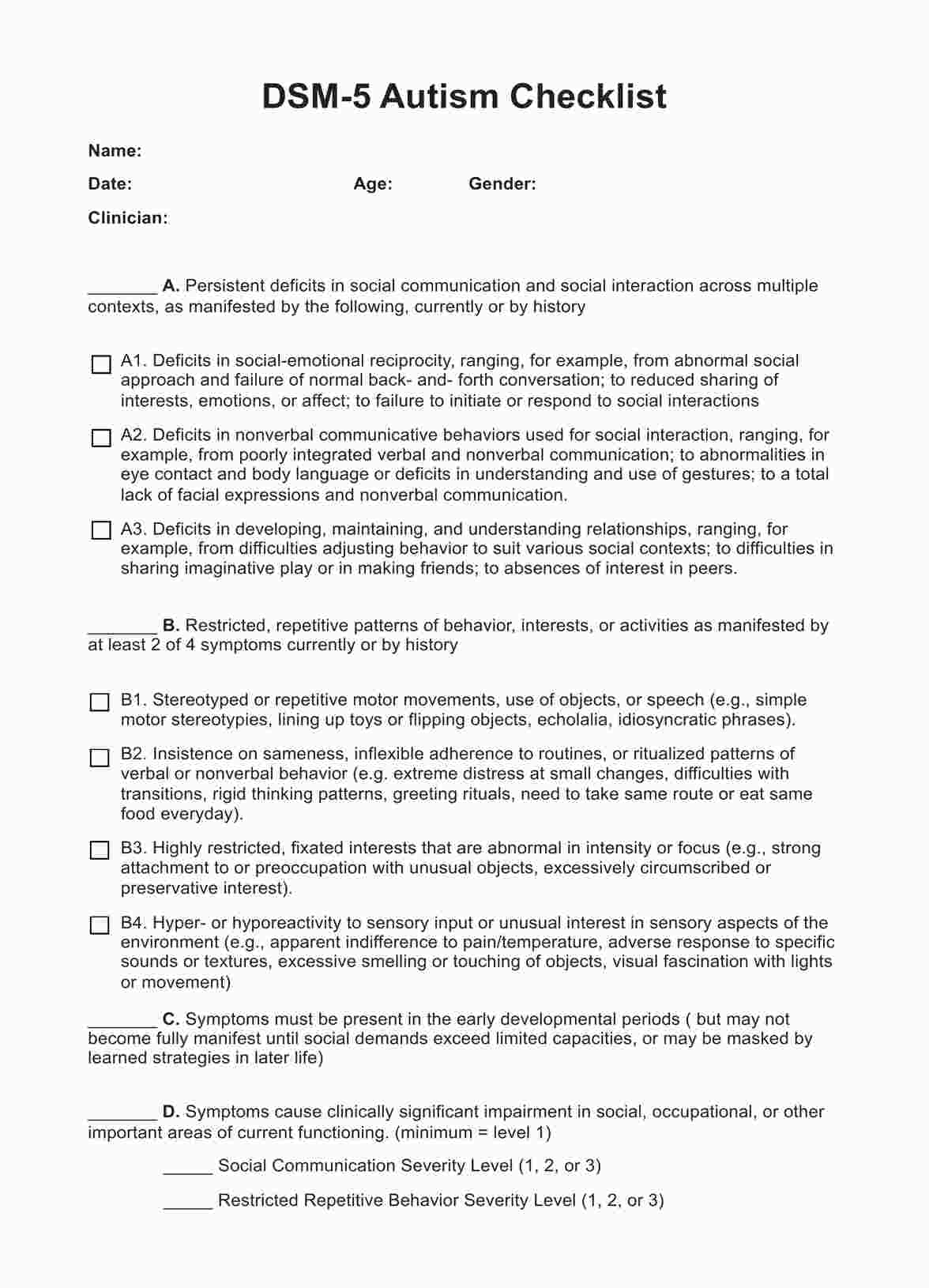
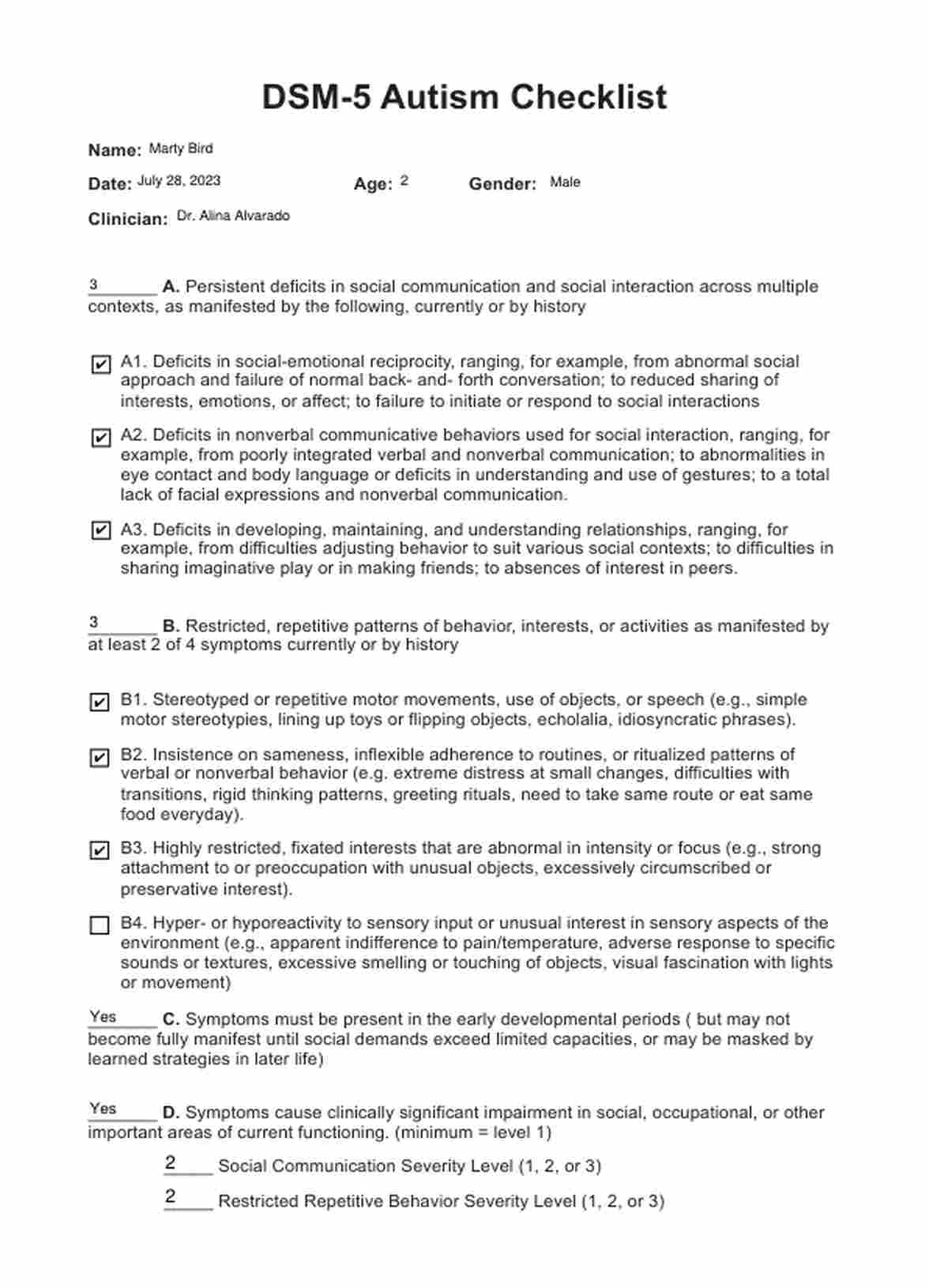

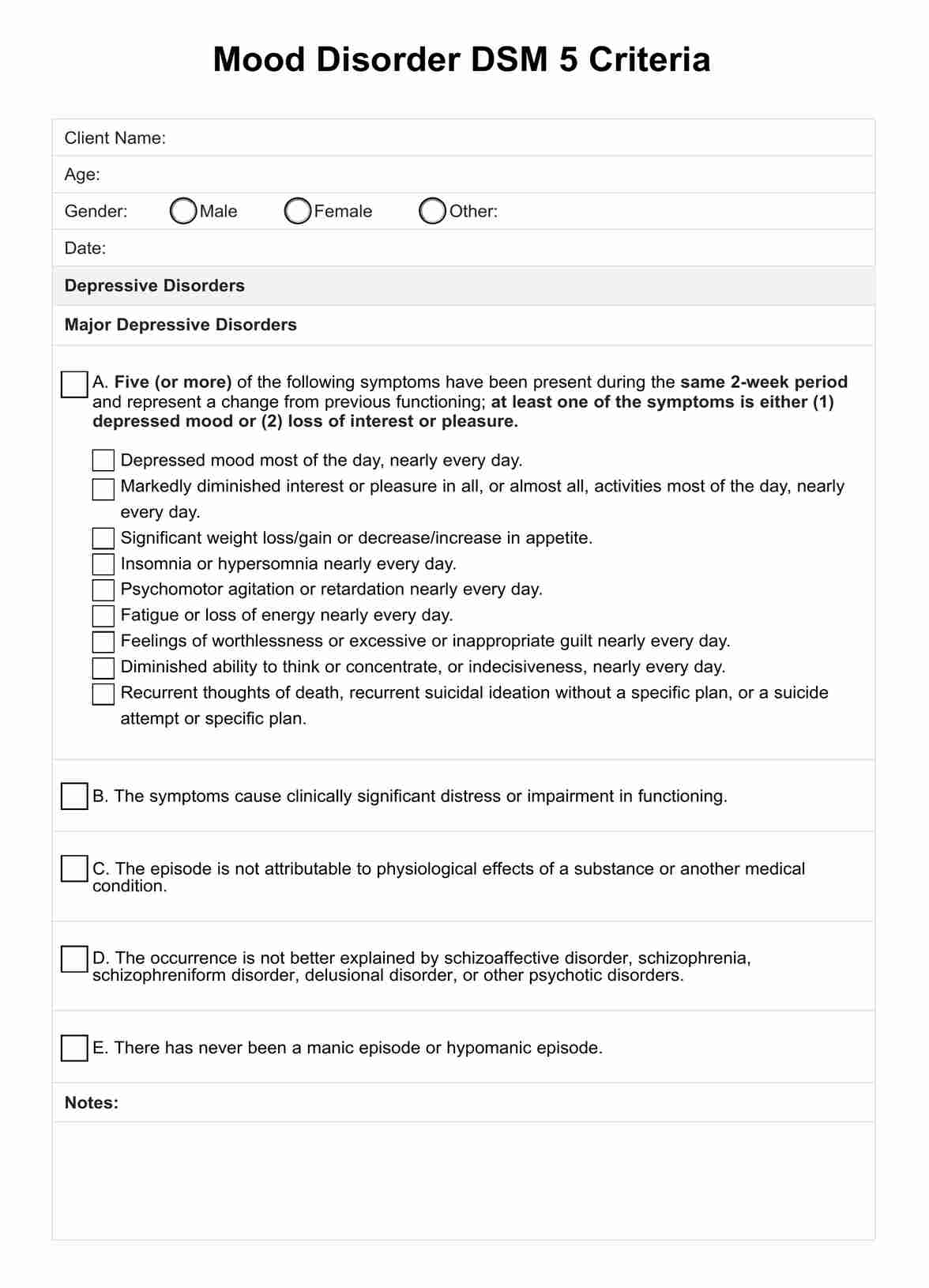
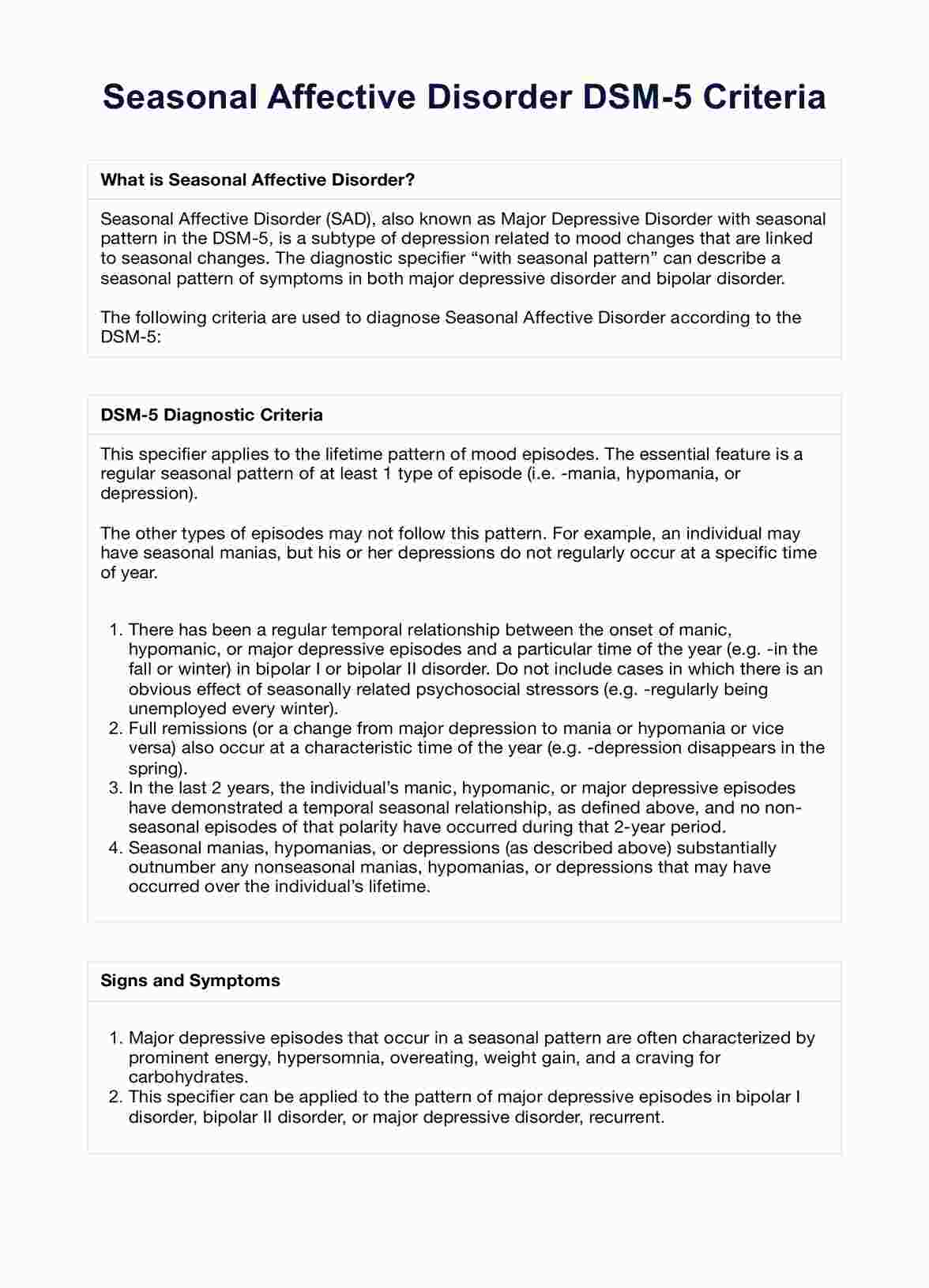
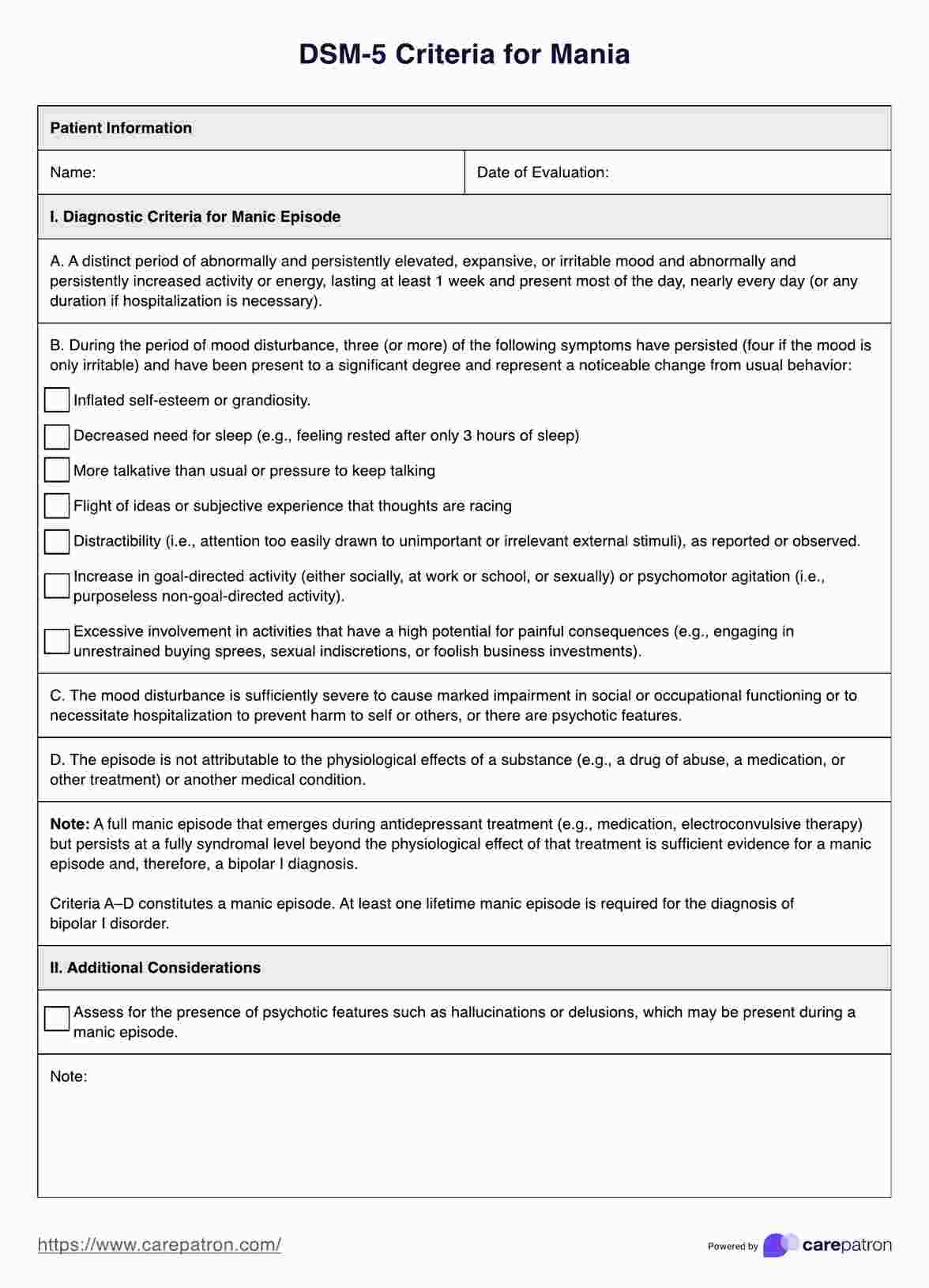
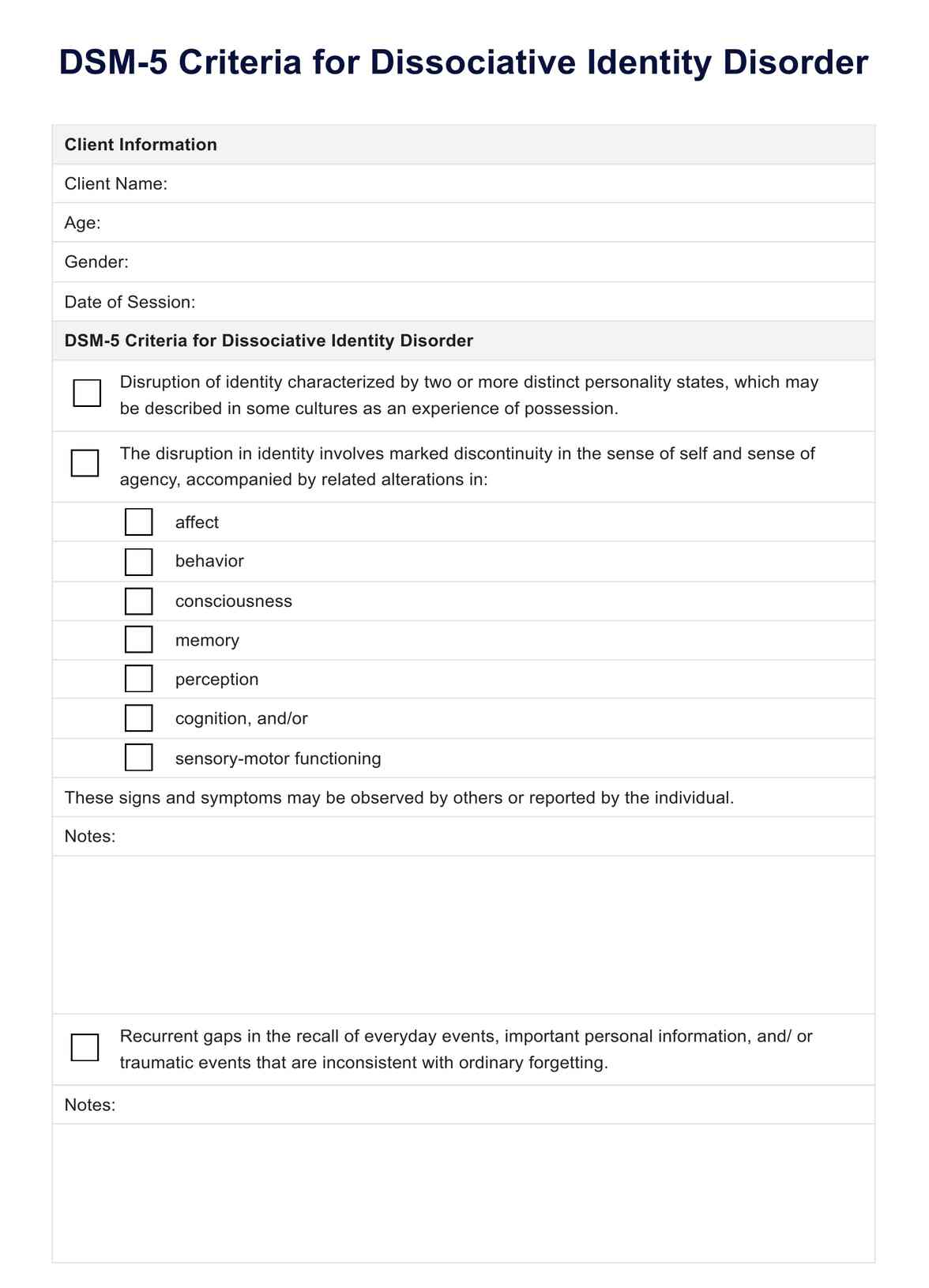
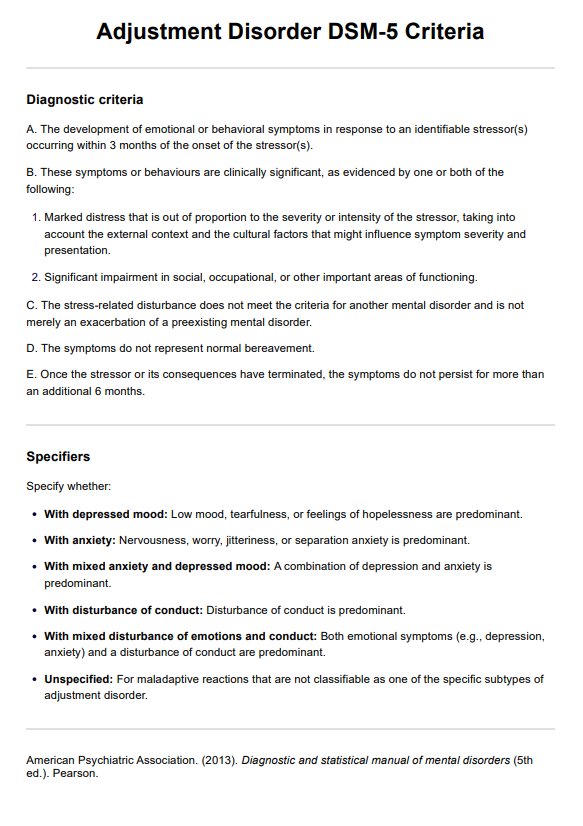
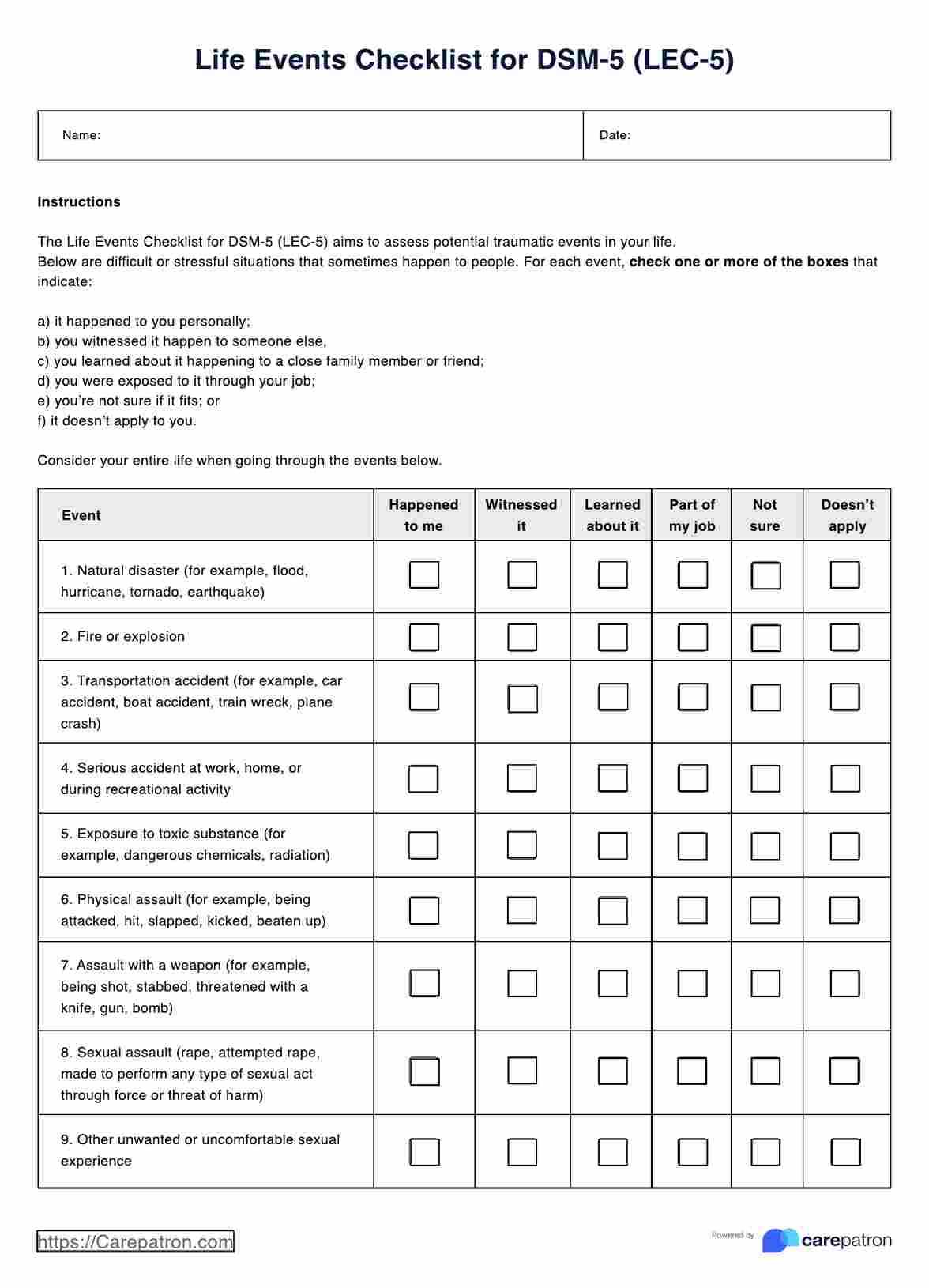
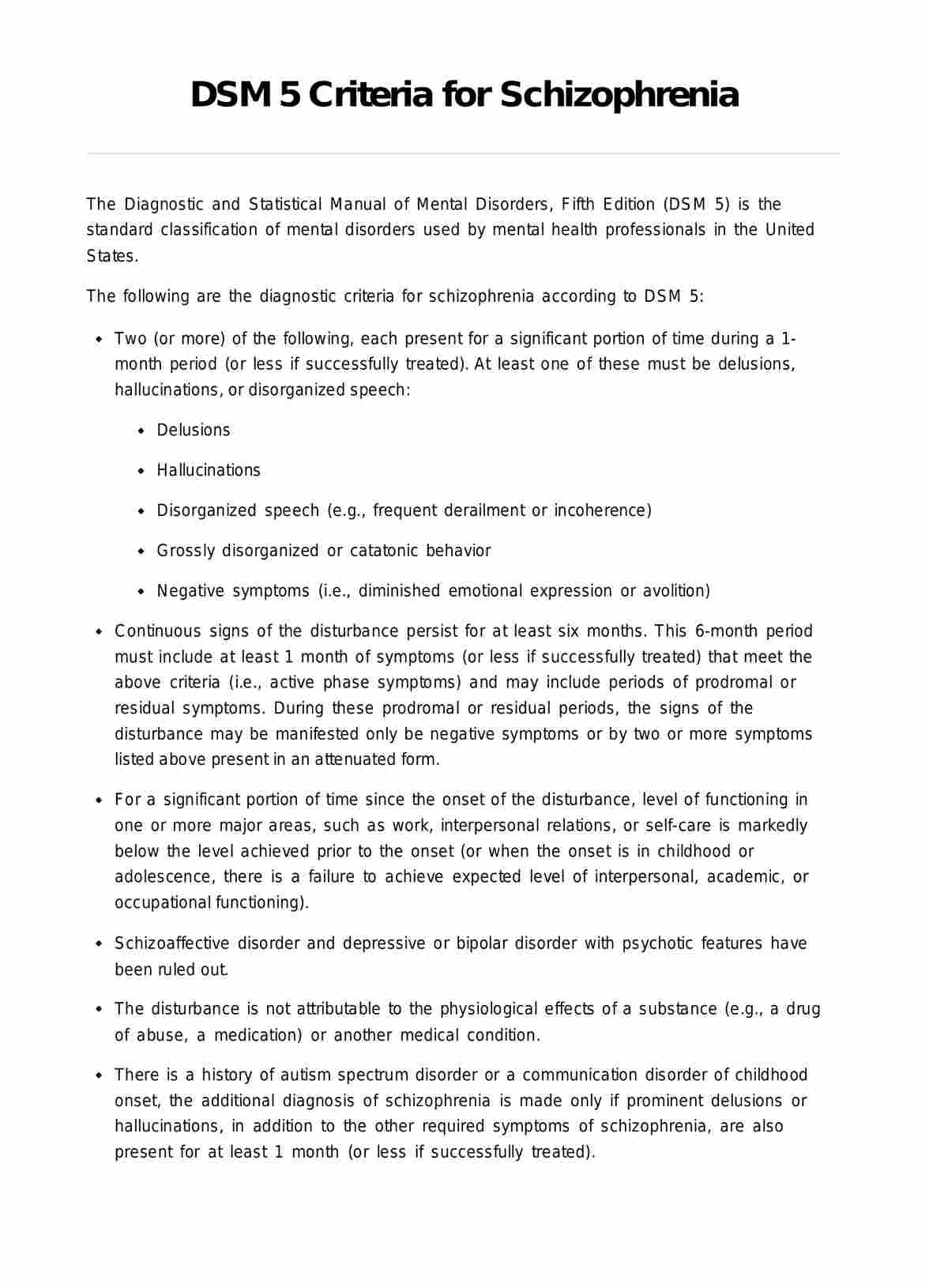
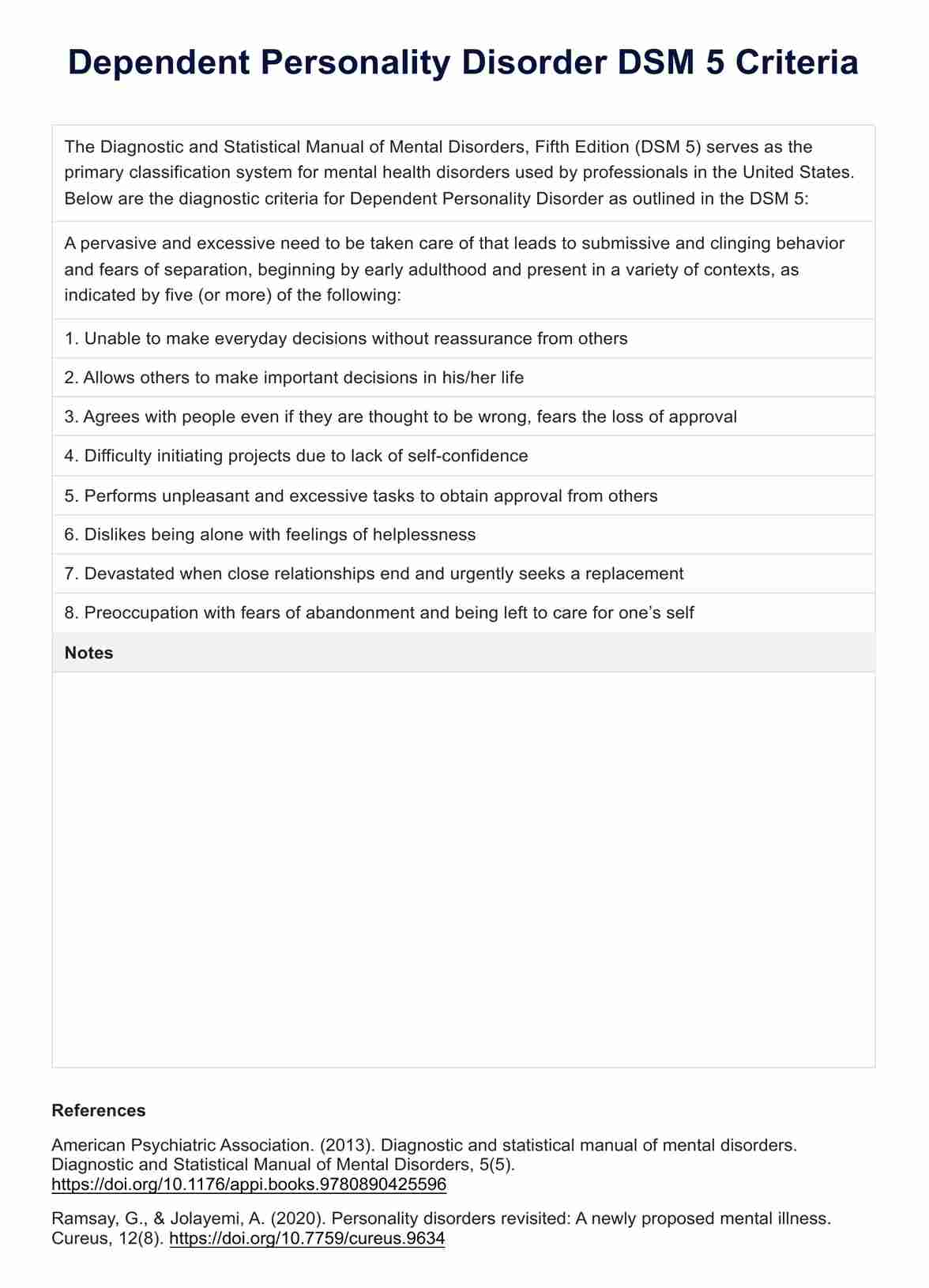
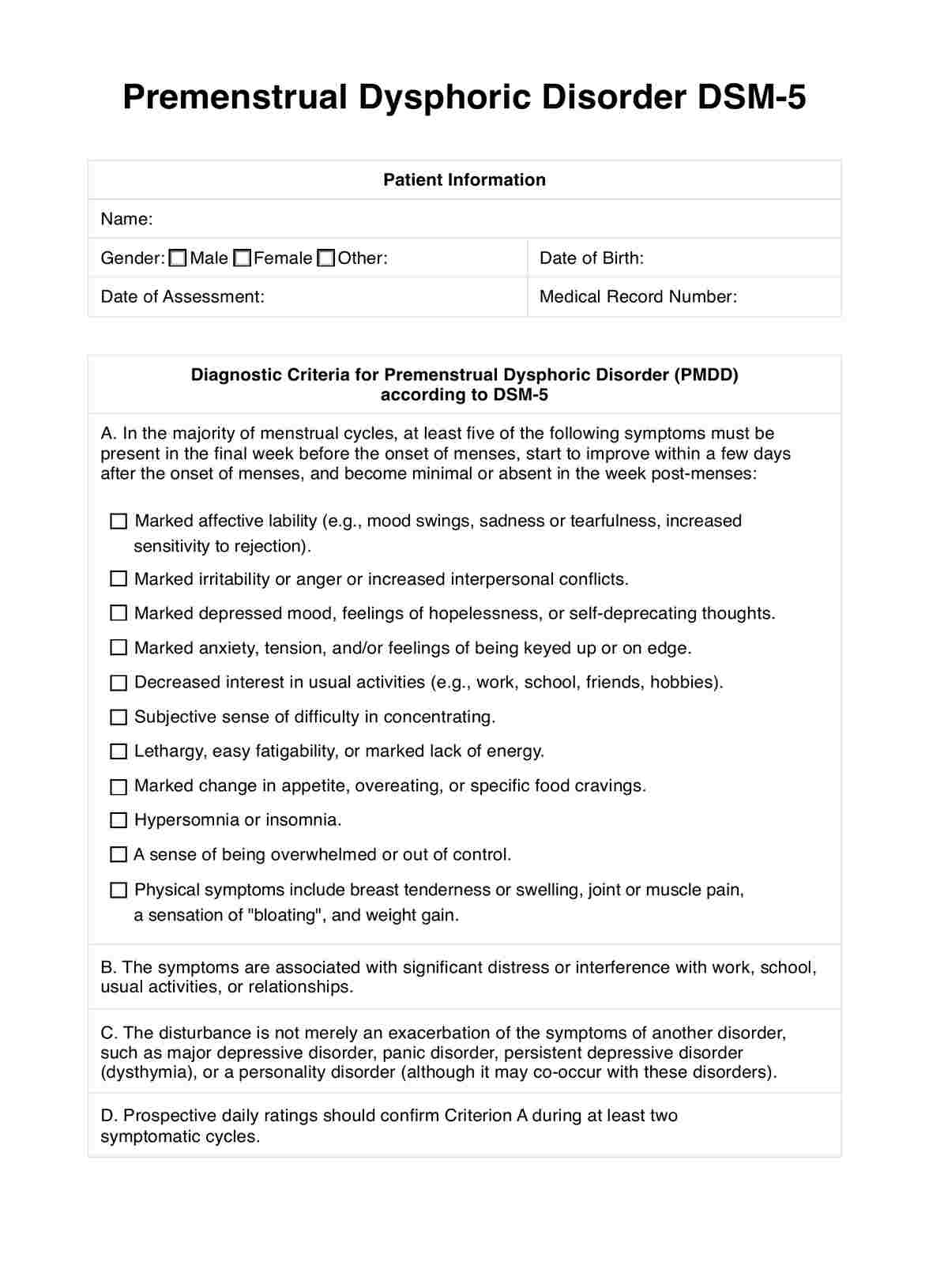
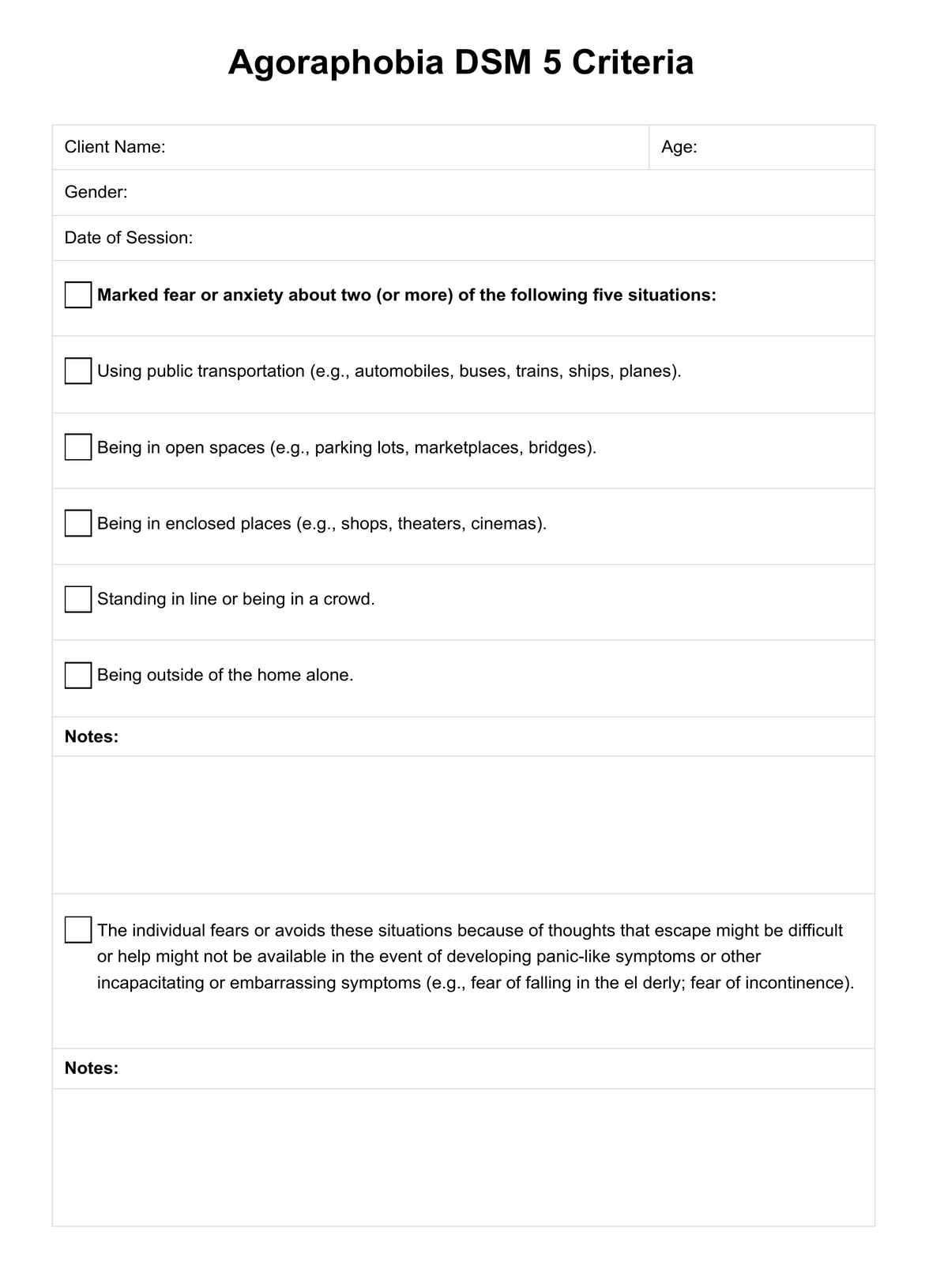
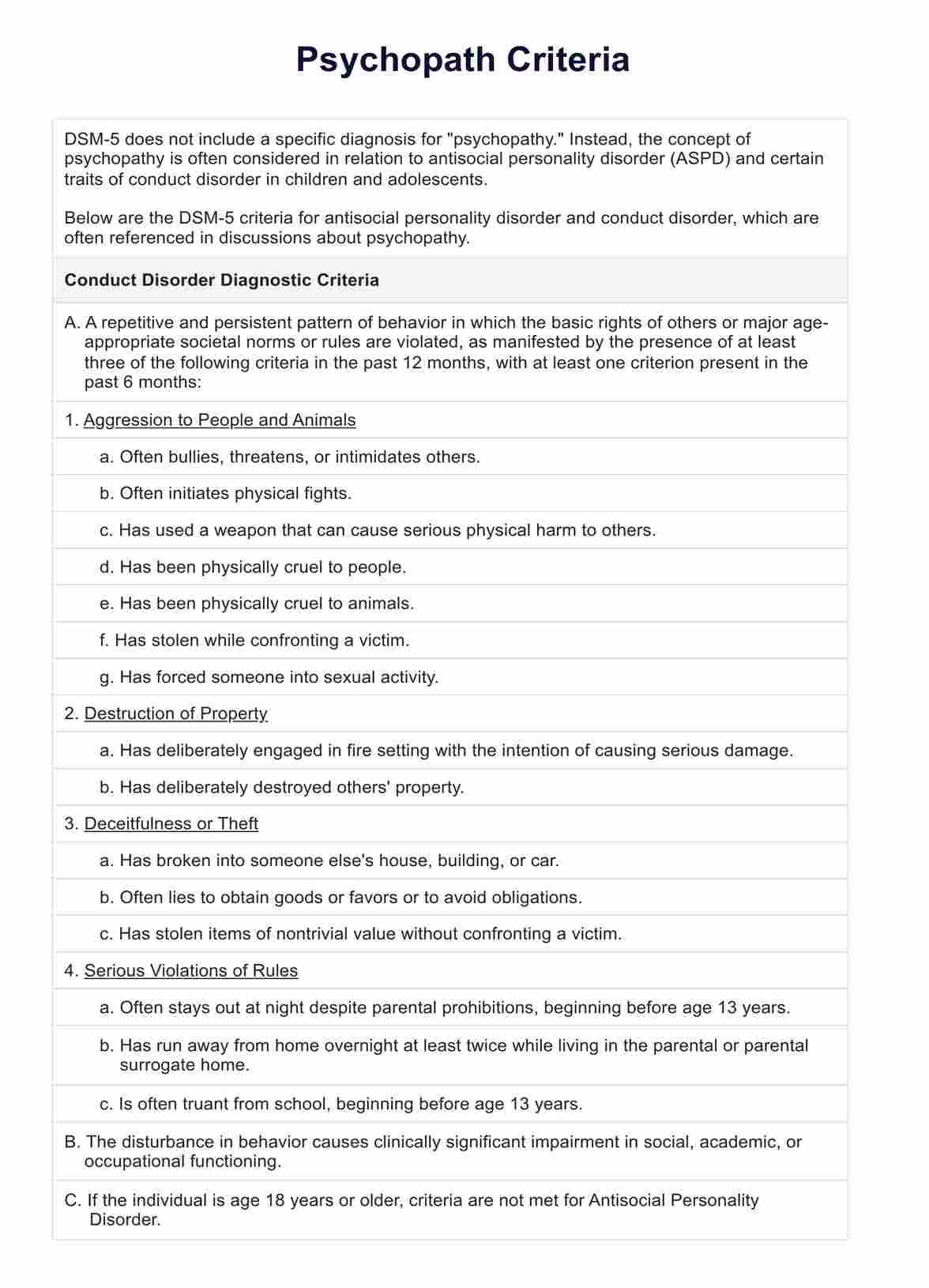
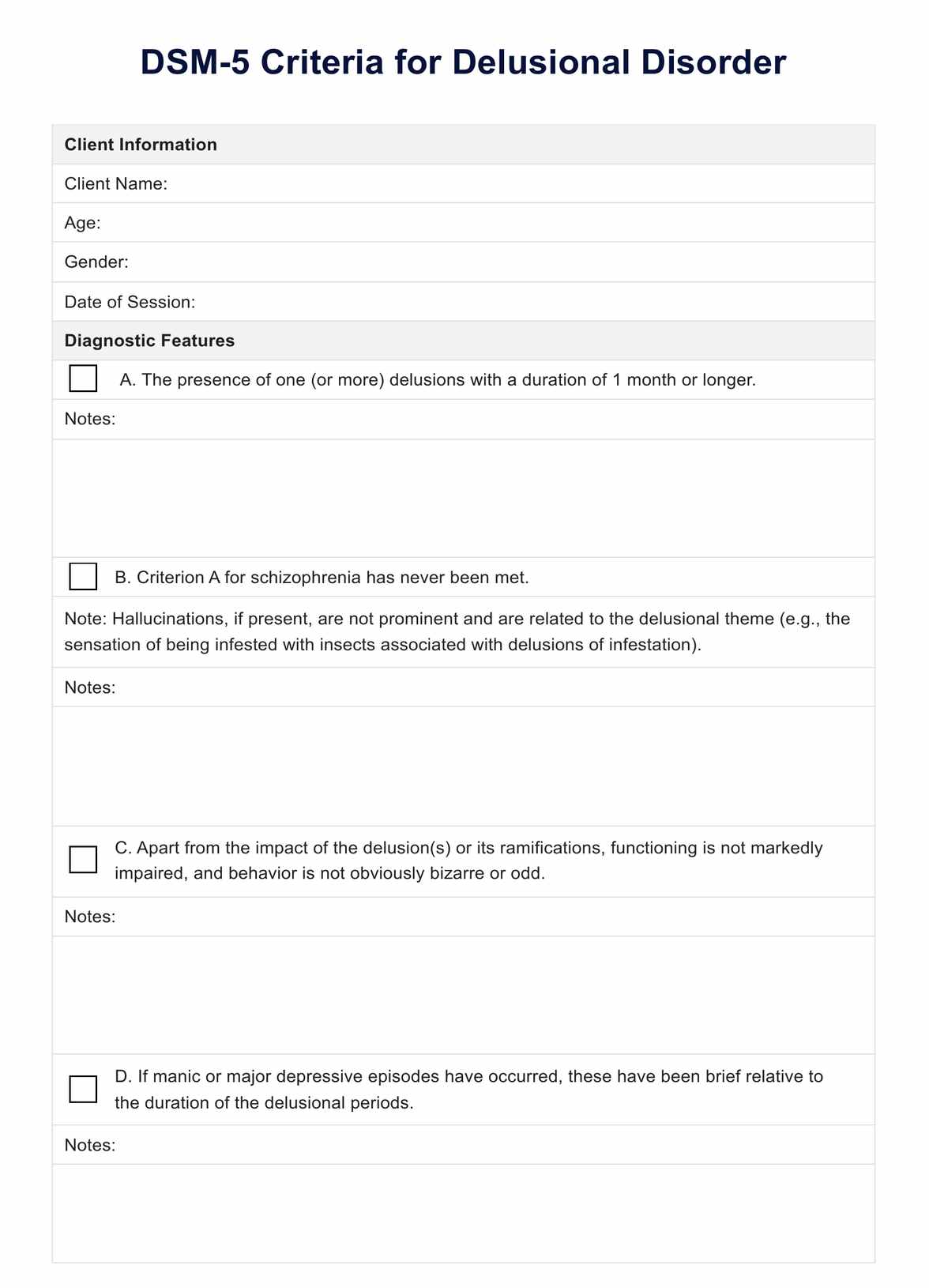
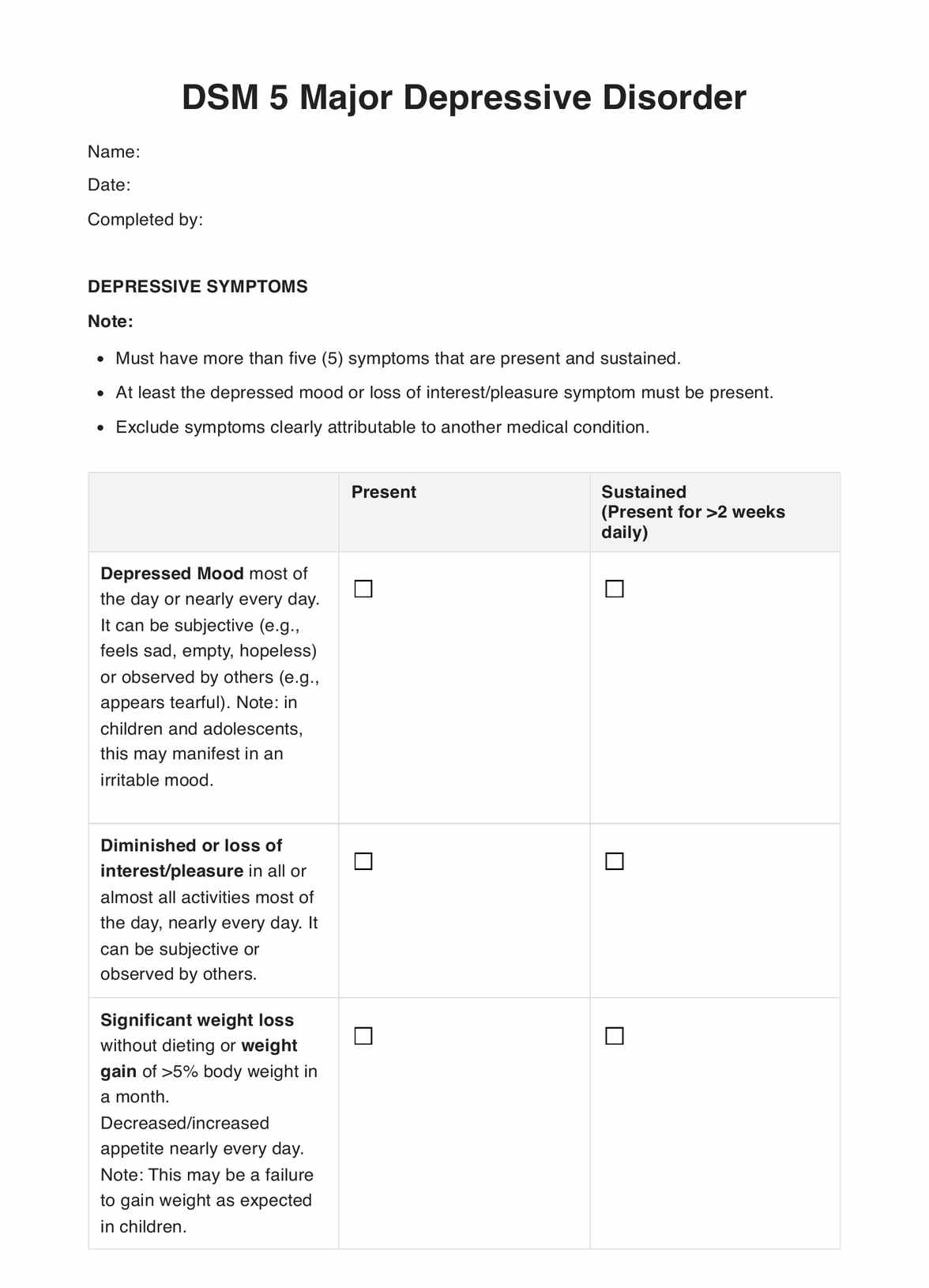
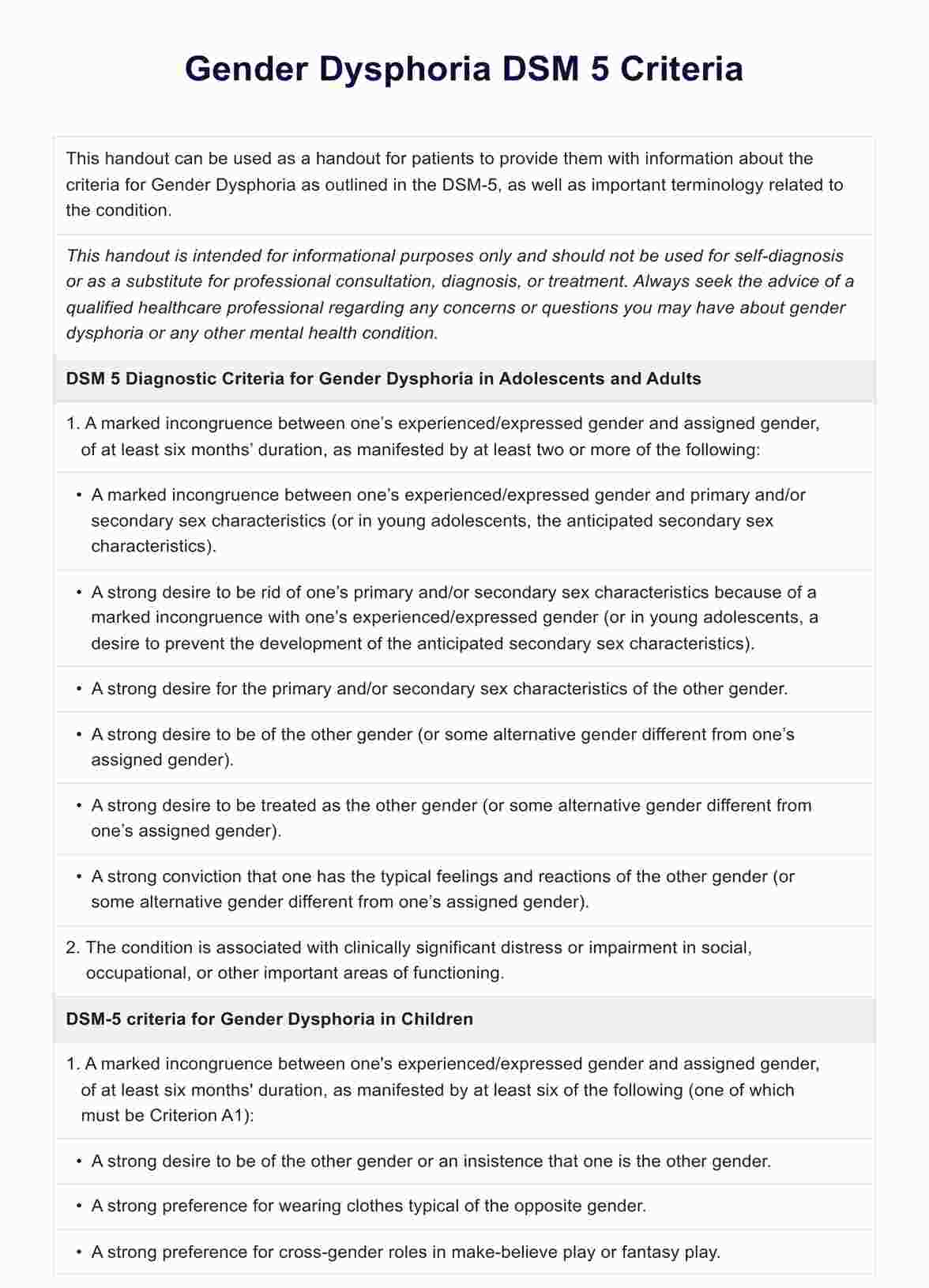
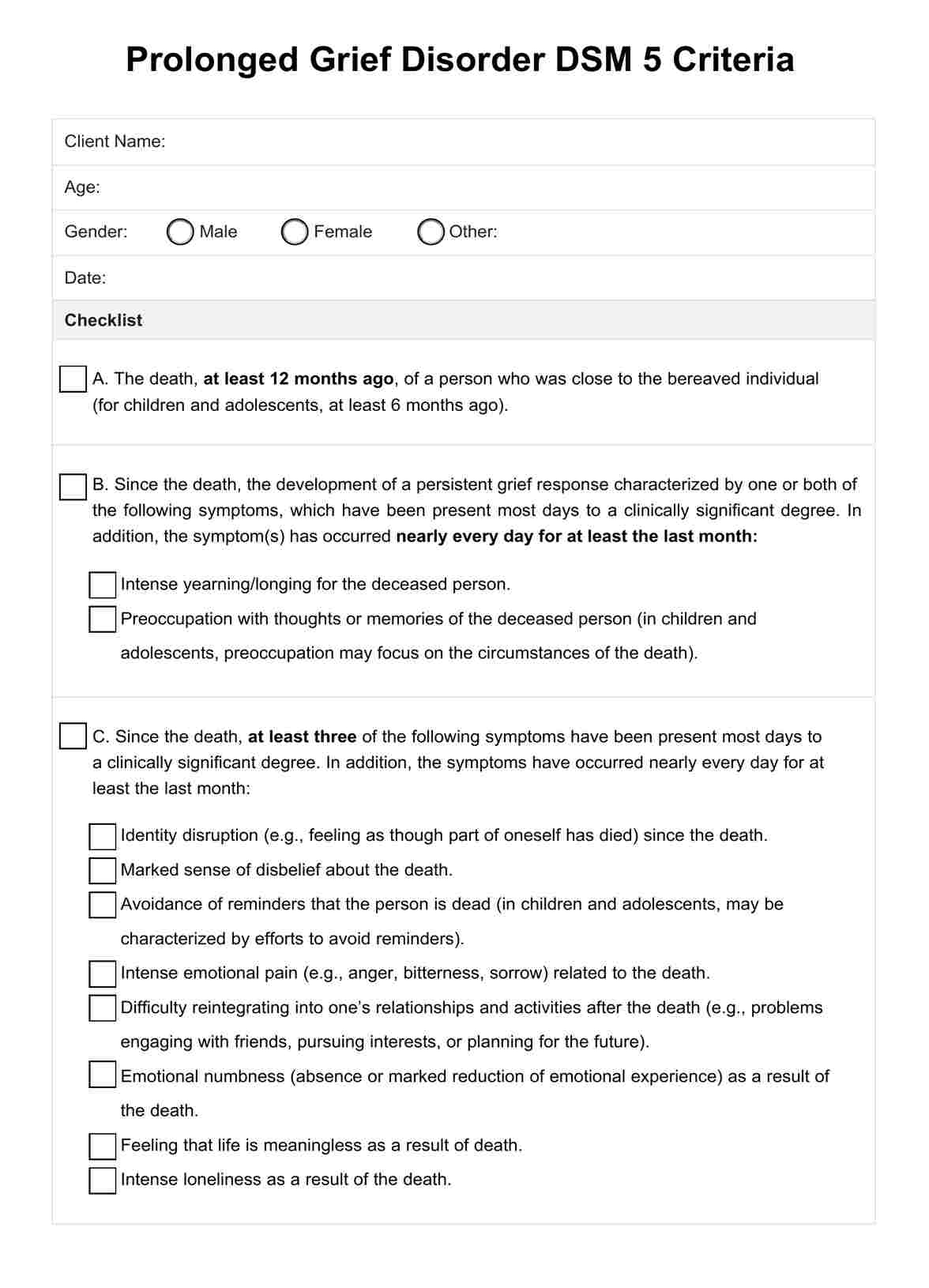
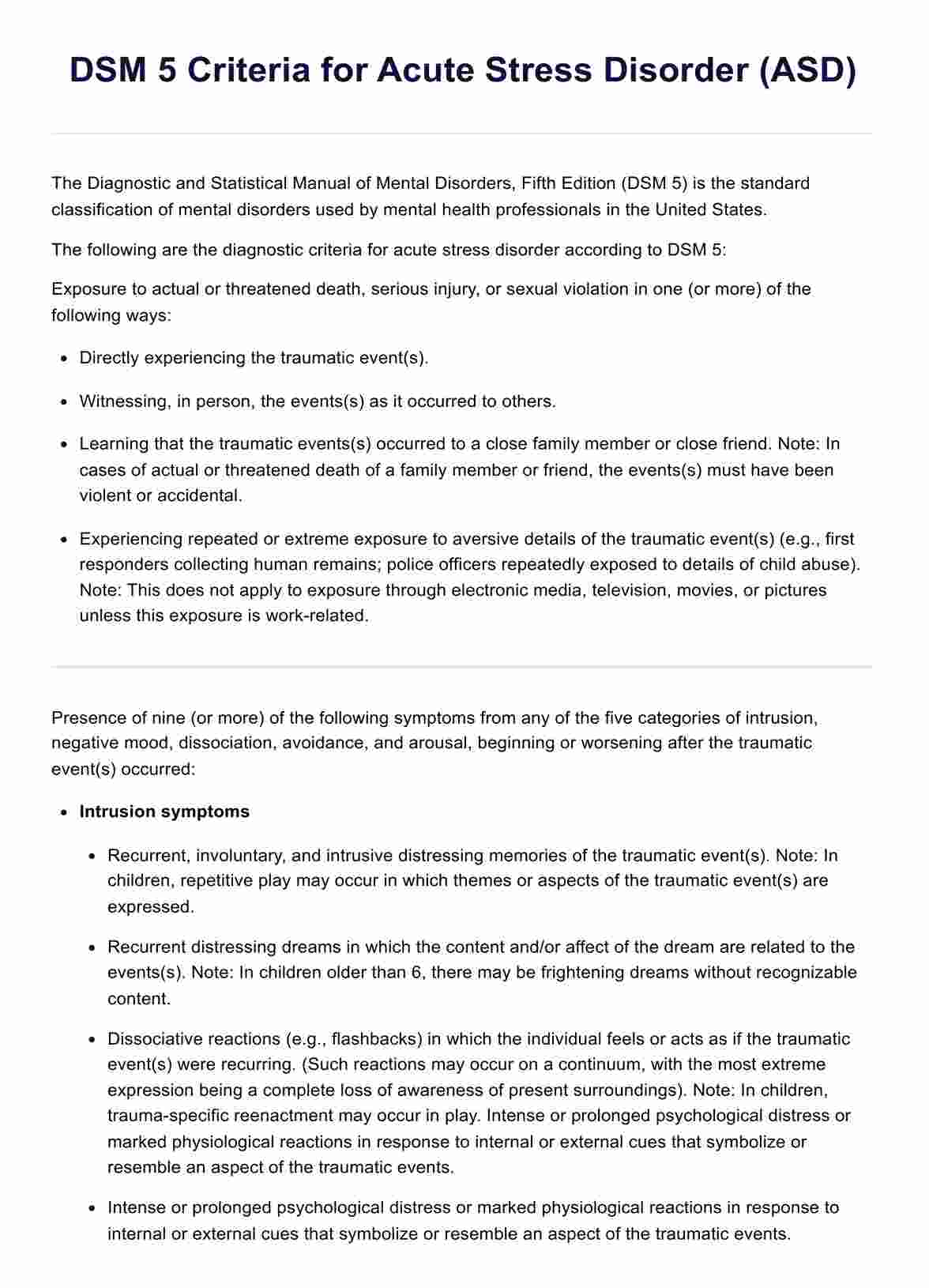
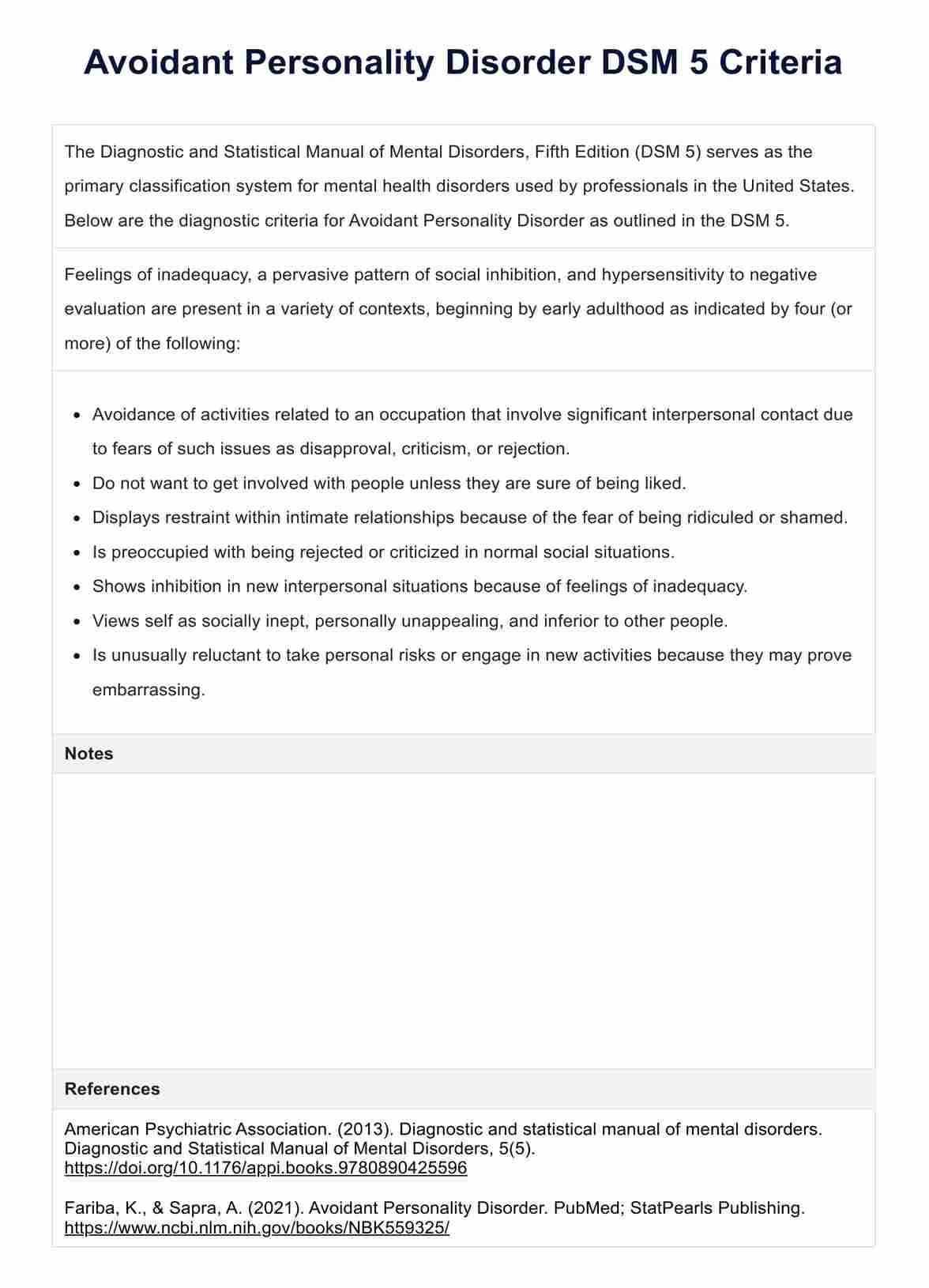
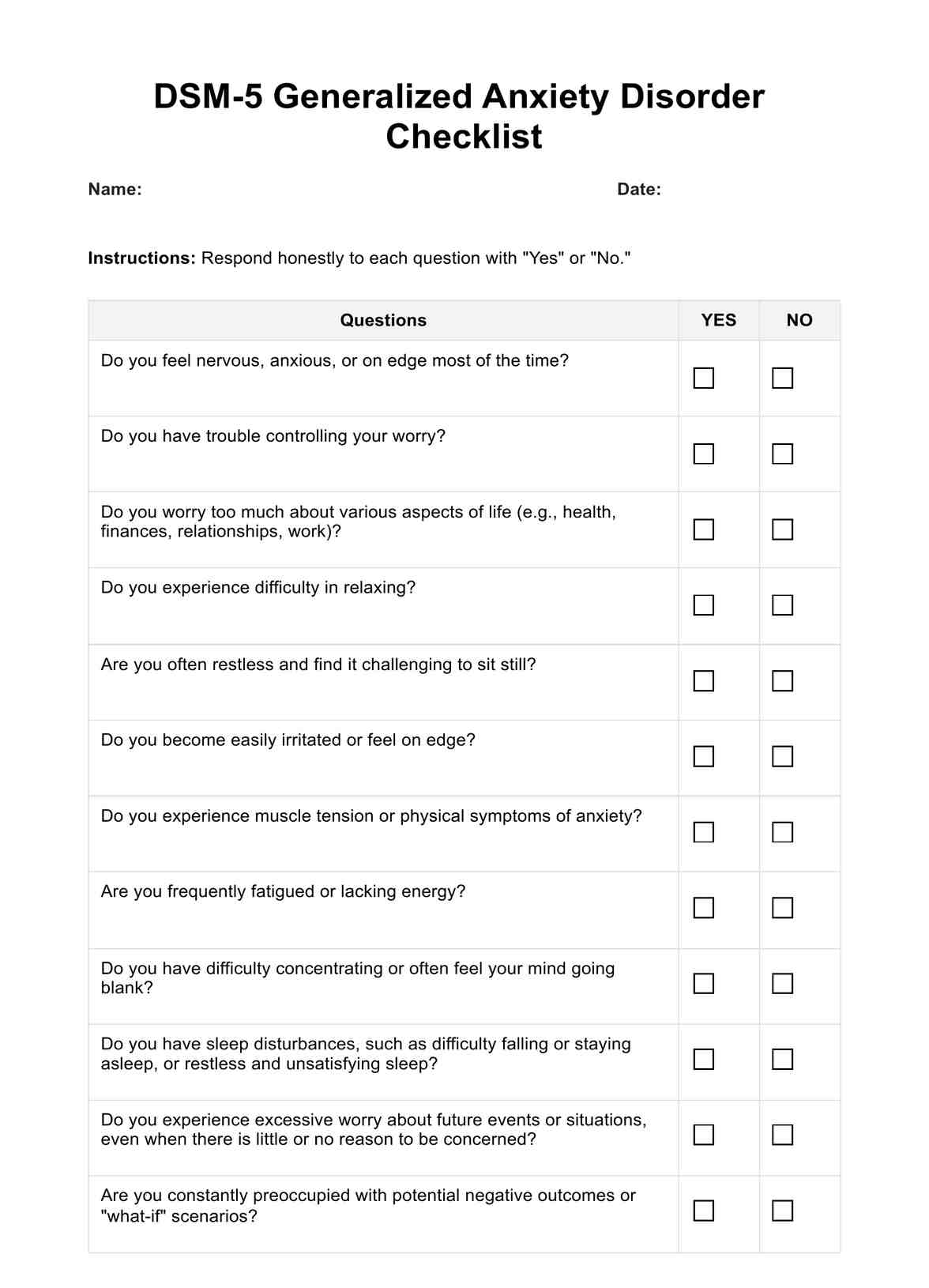
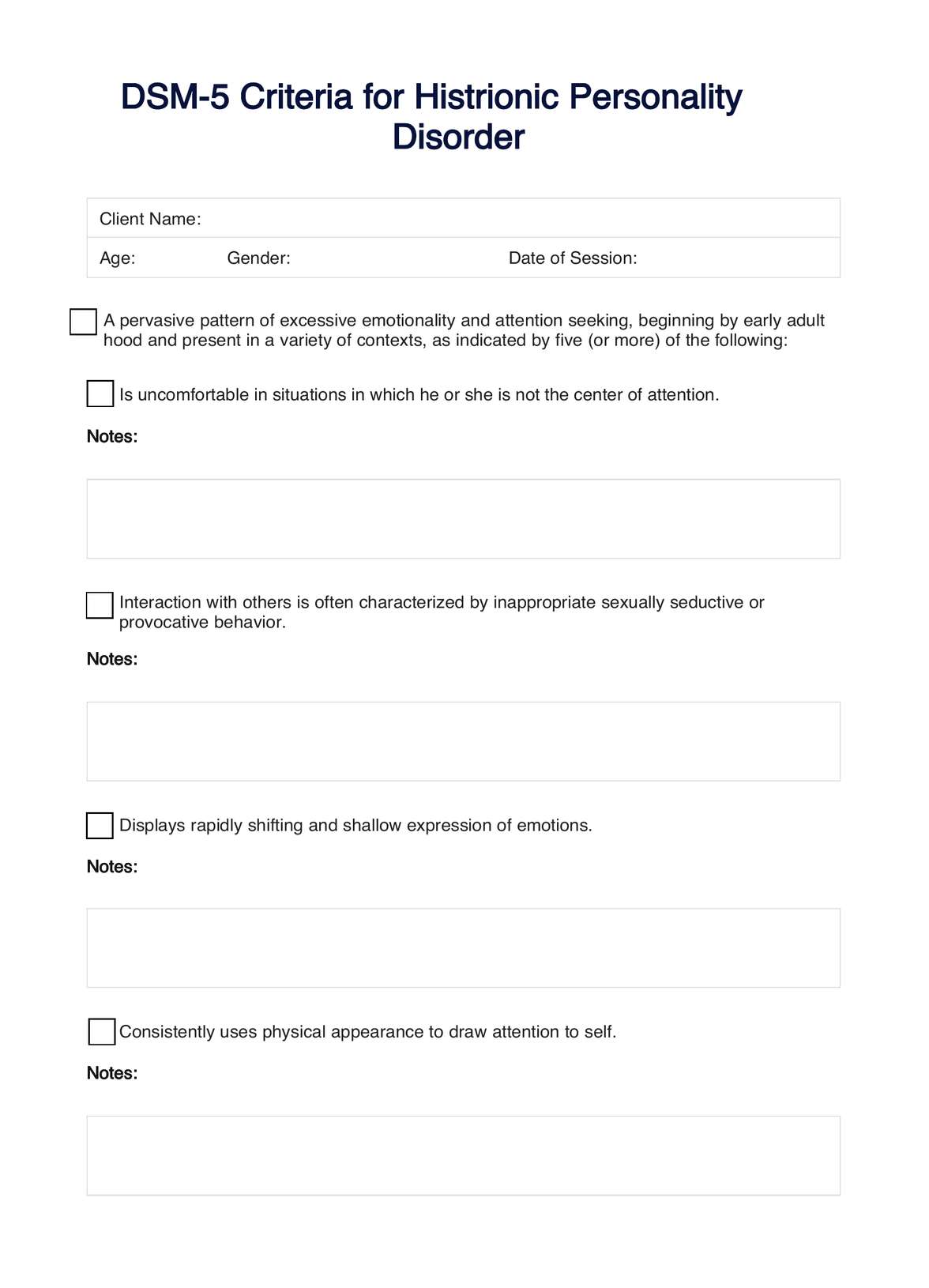
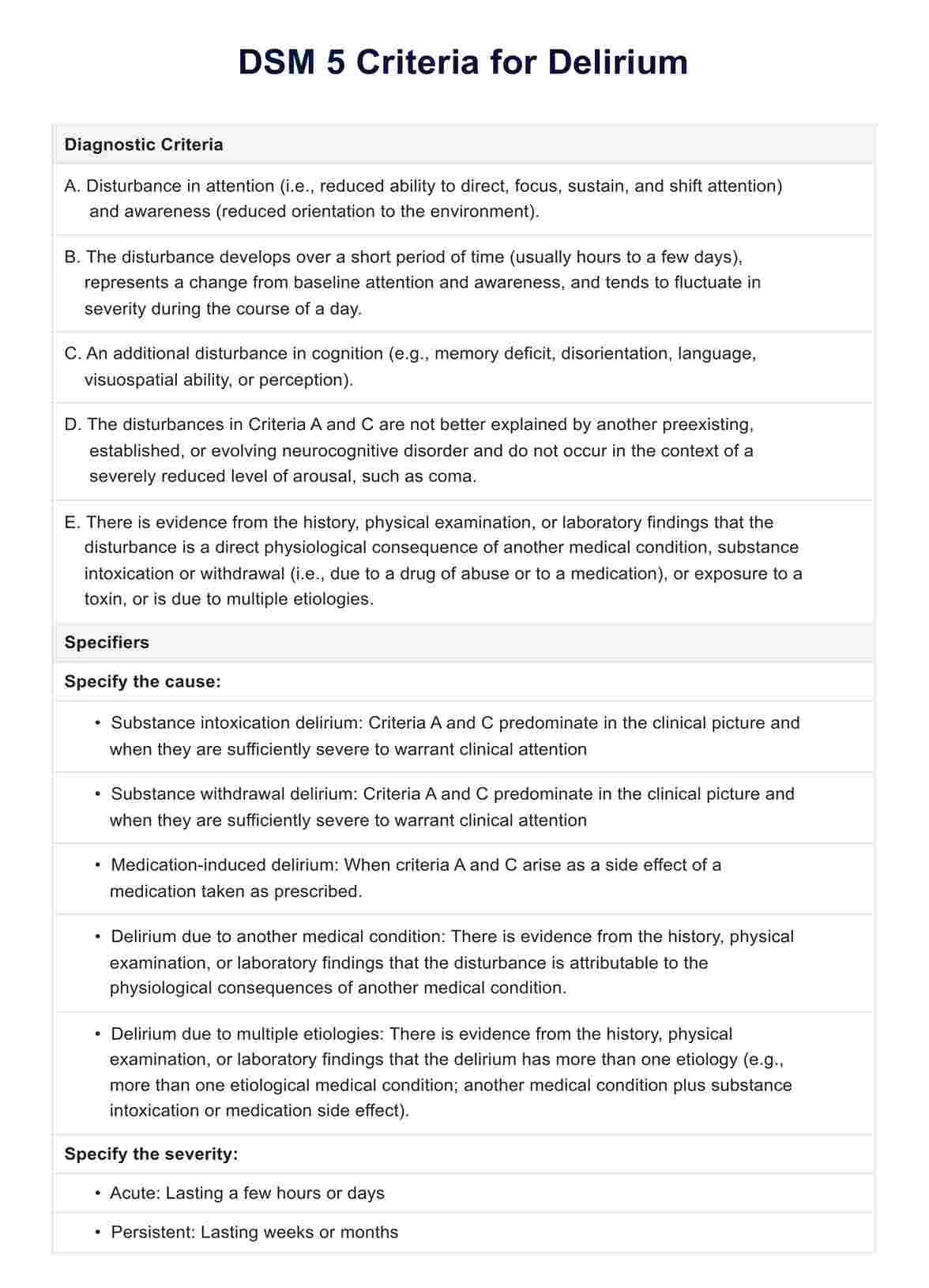
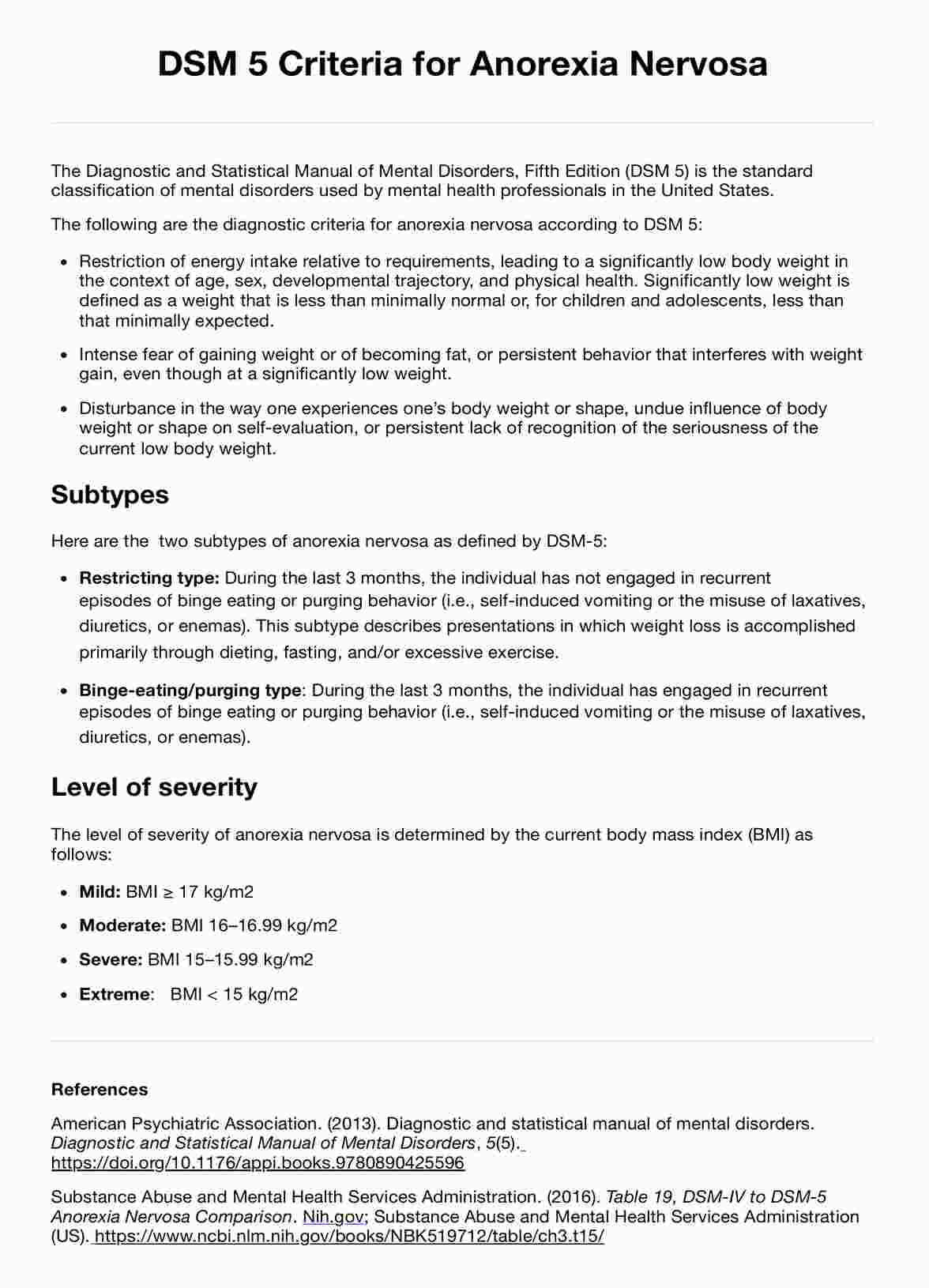
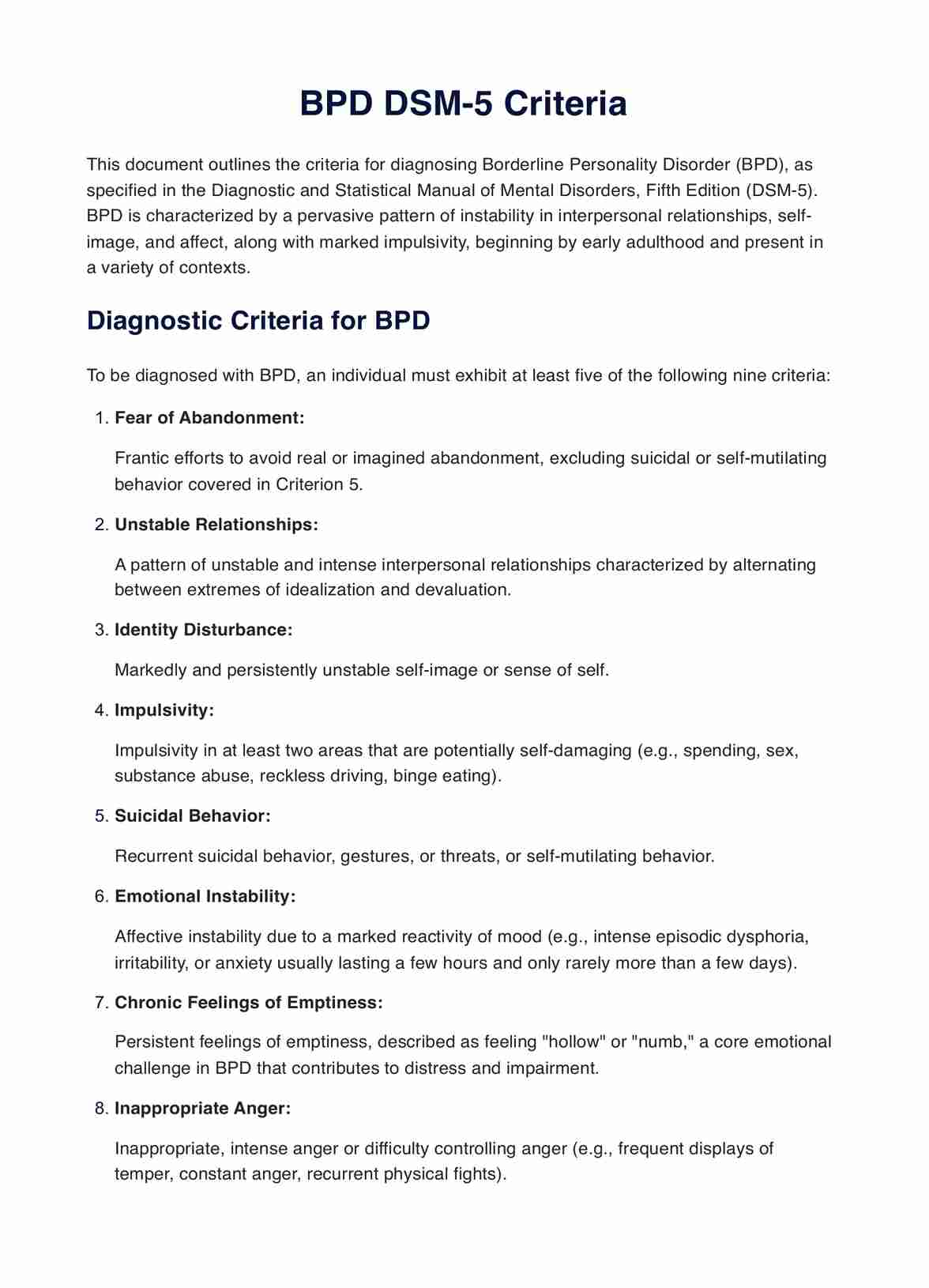
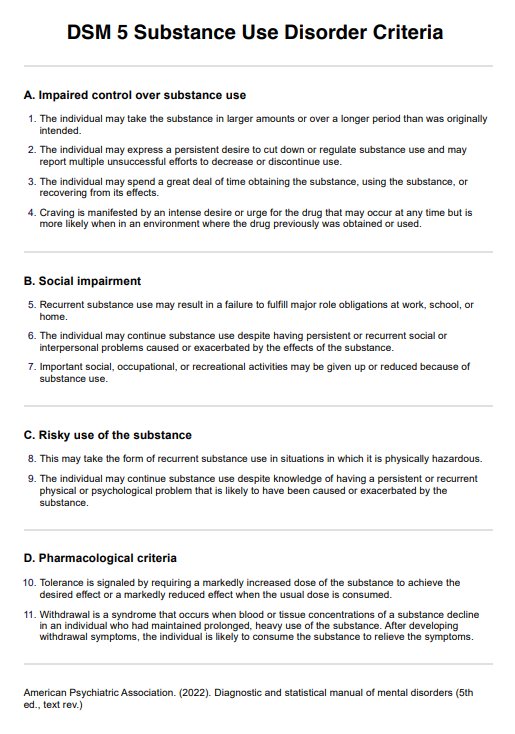












-template.jpg)























































































